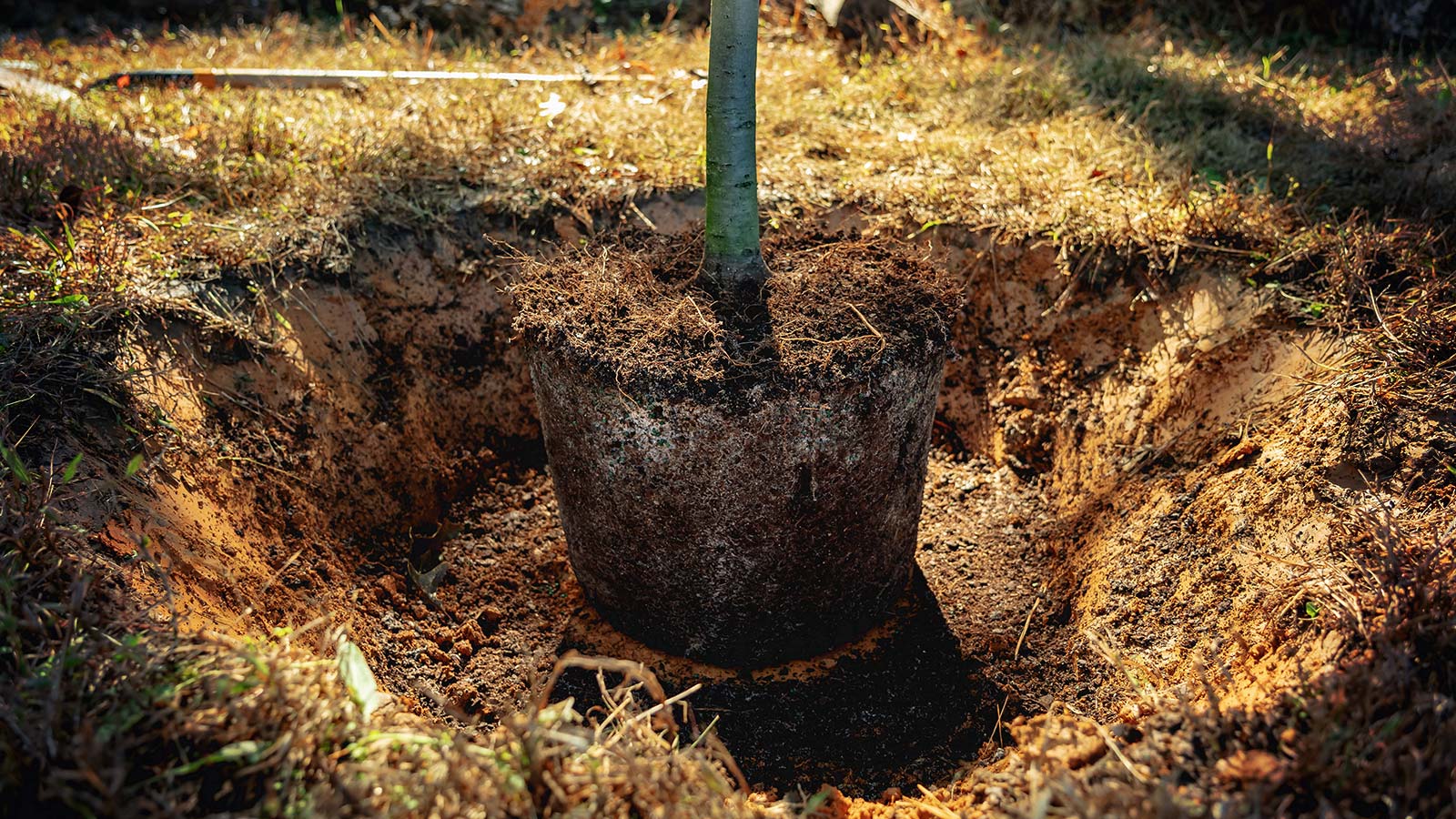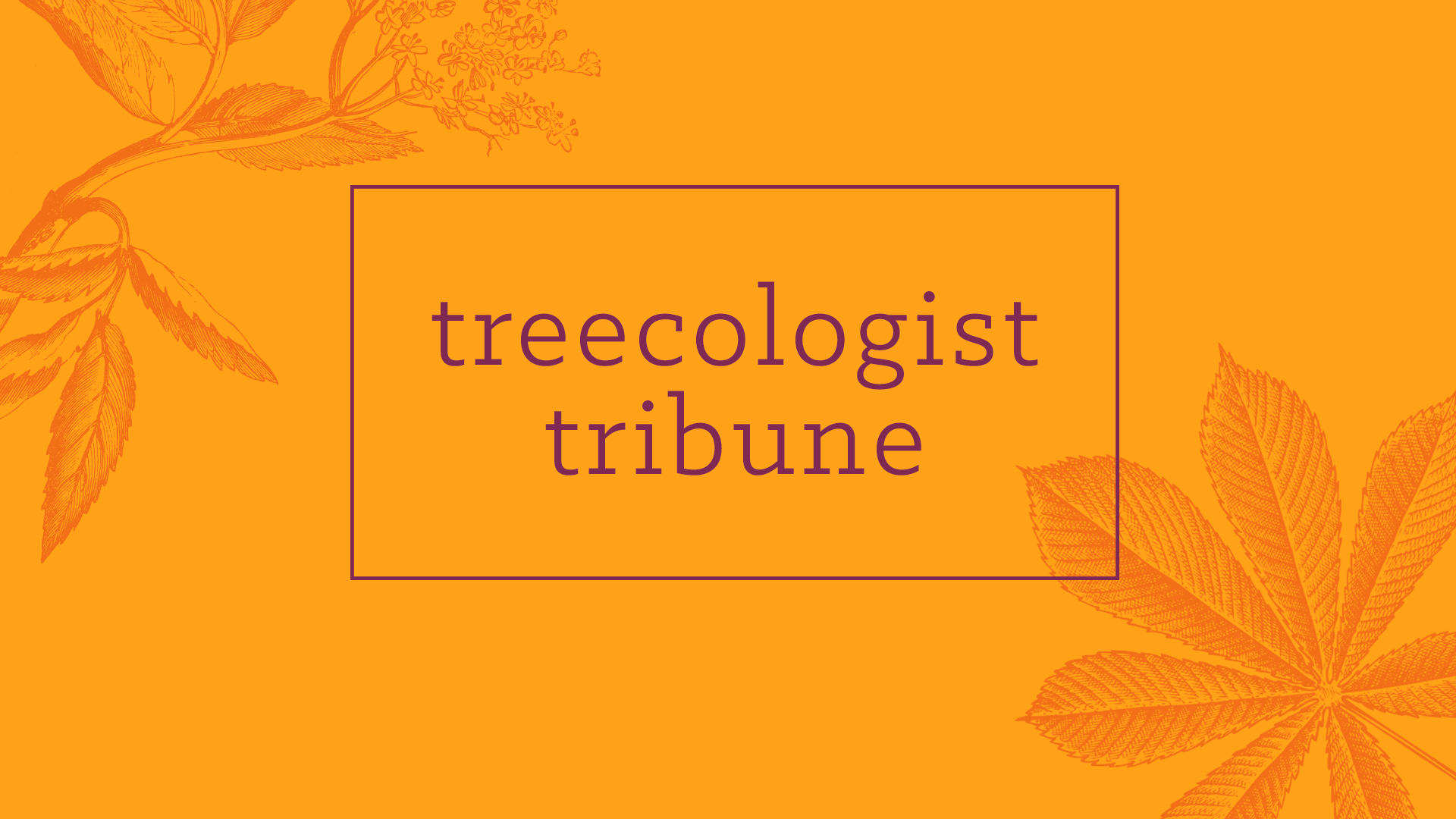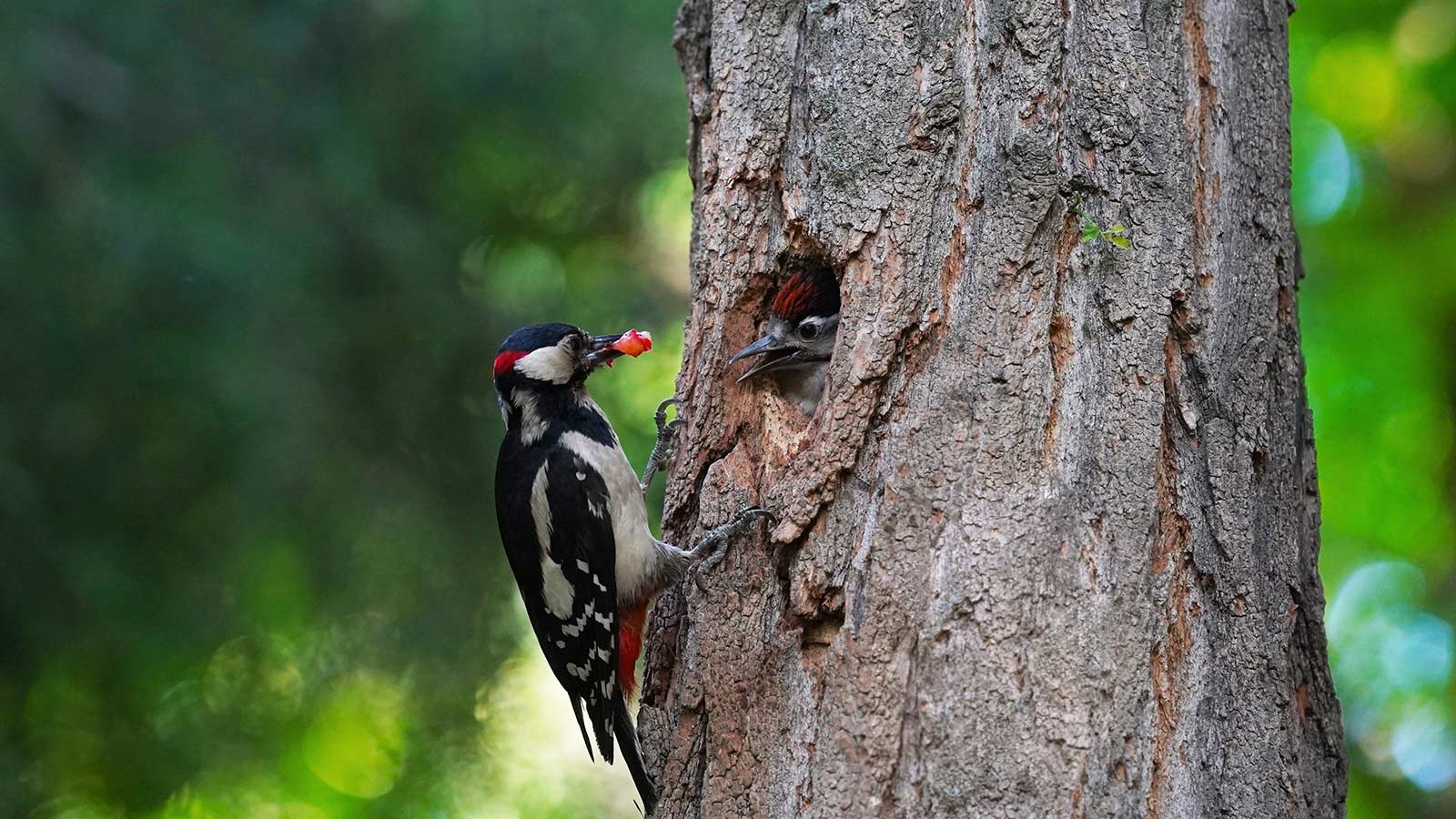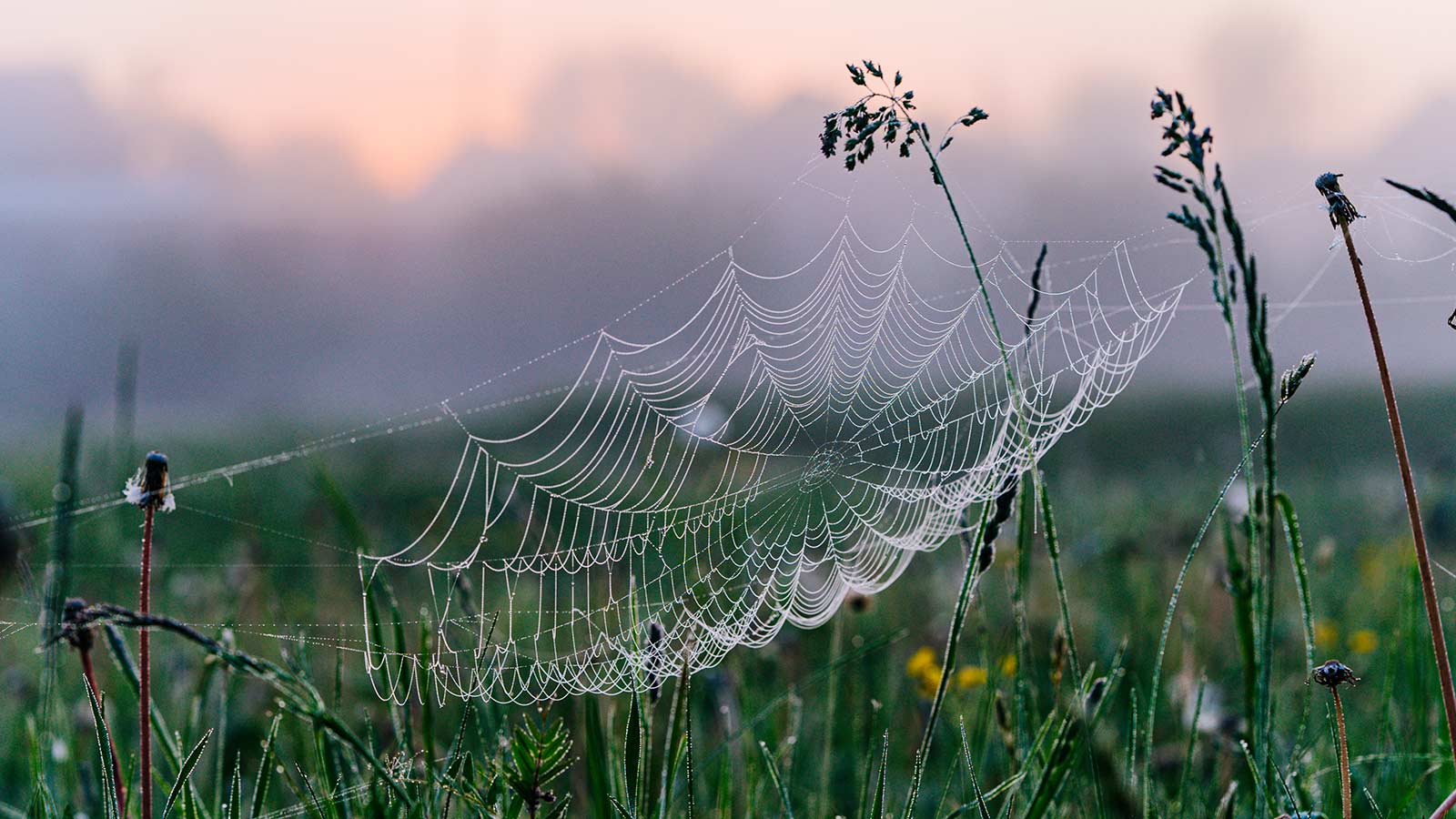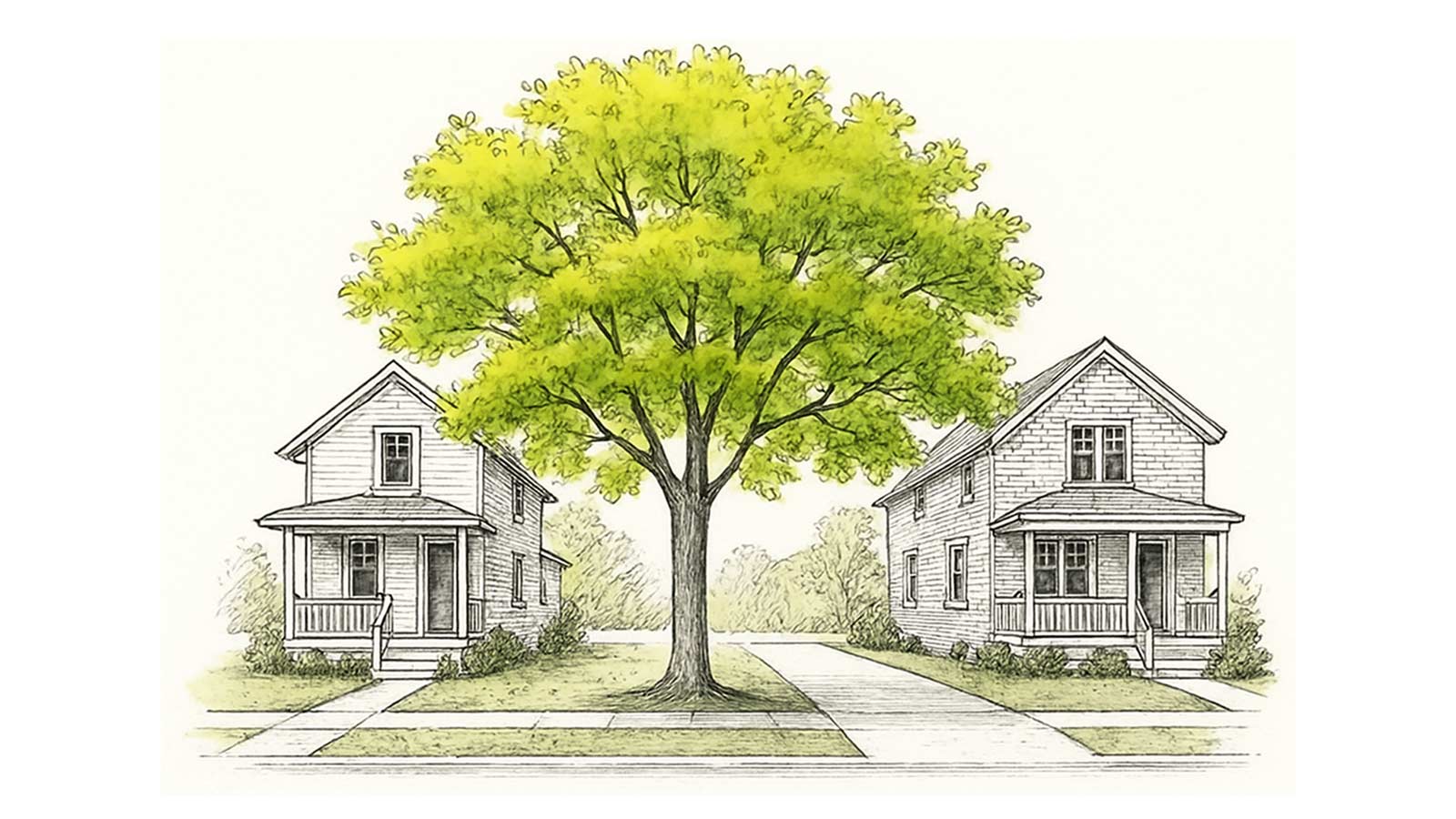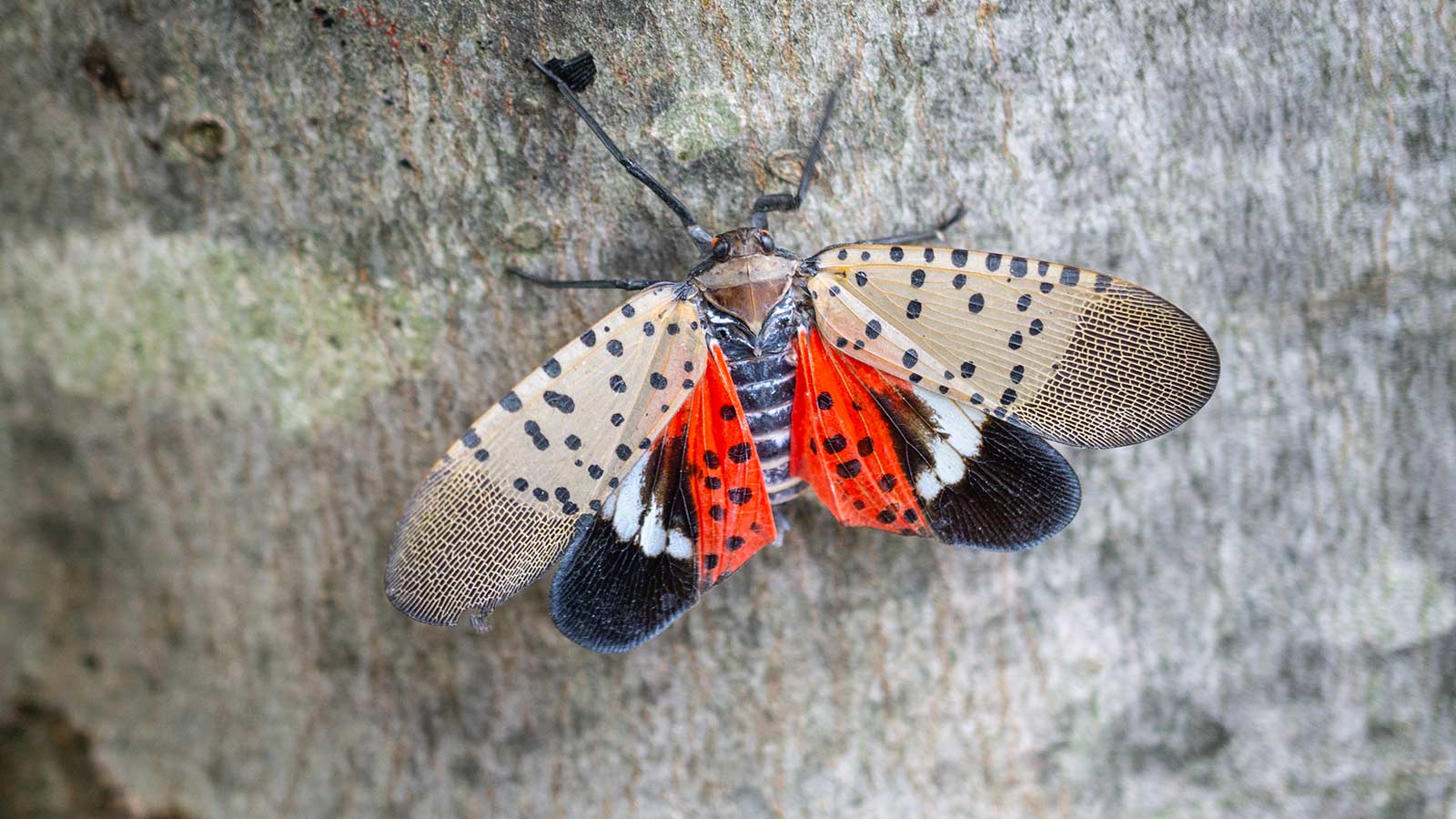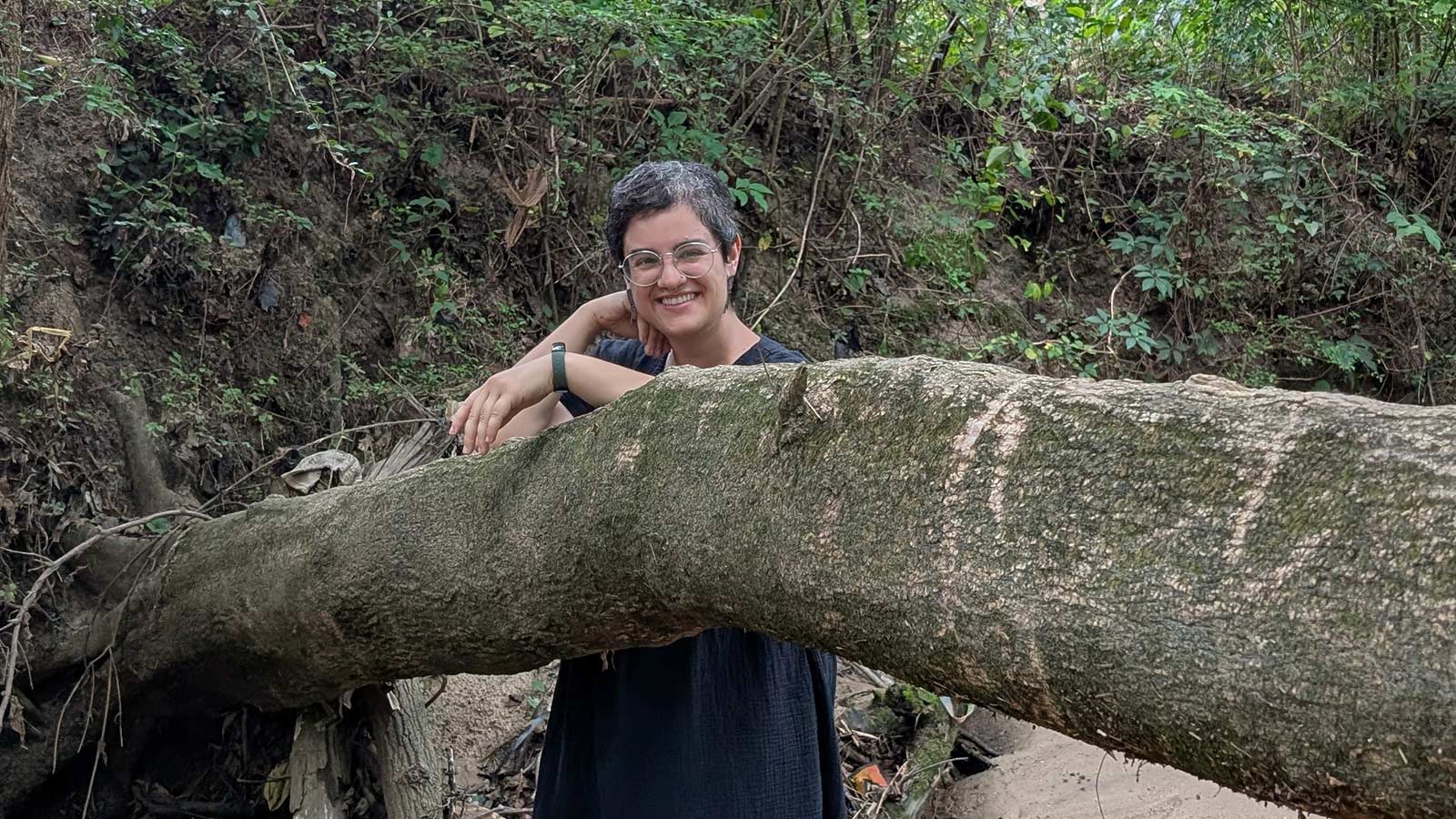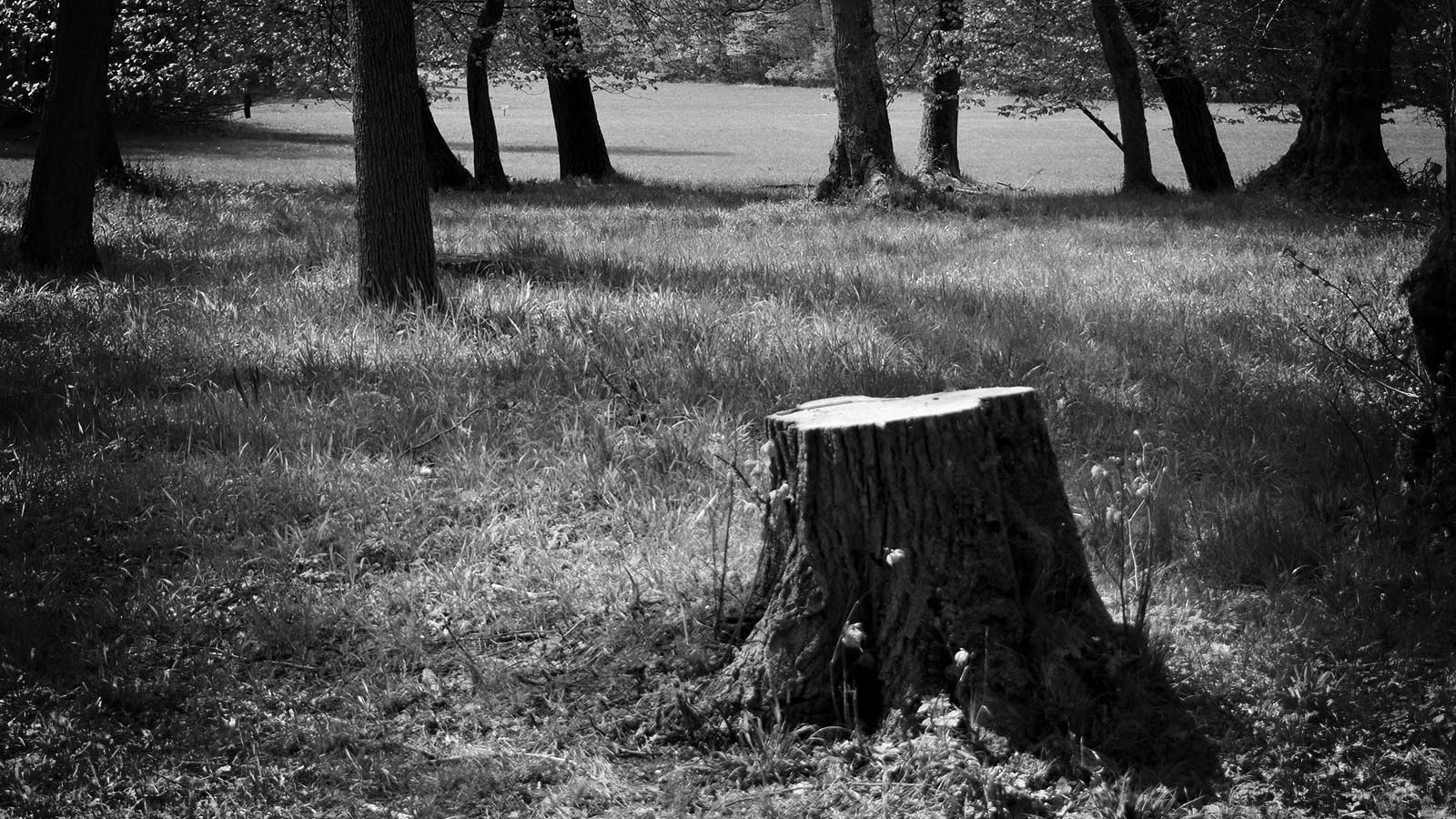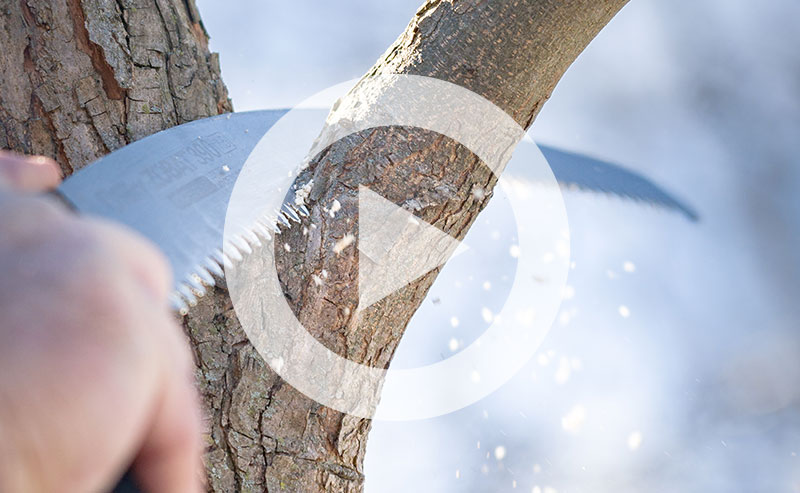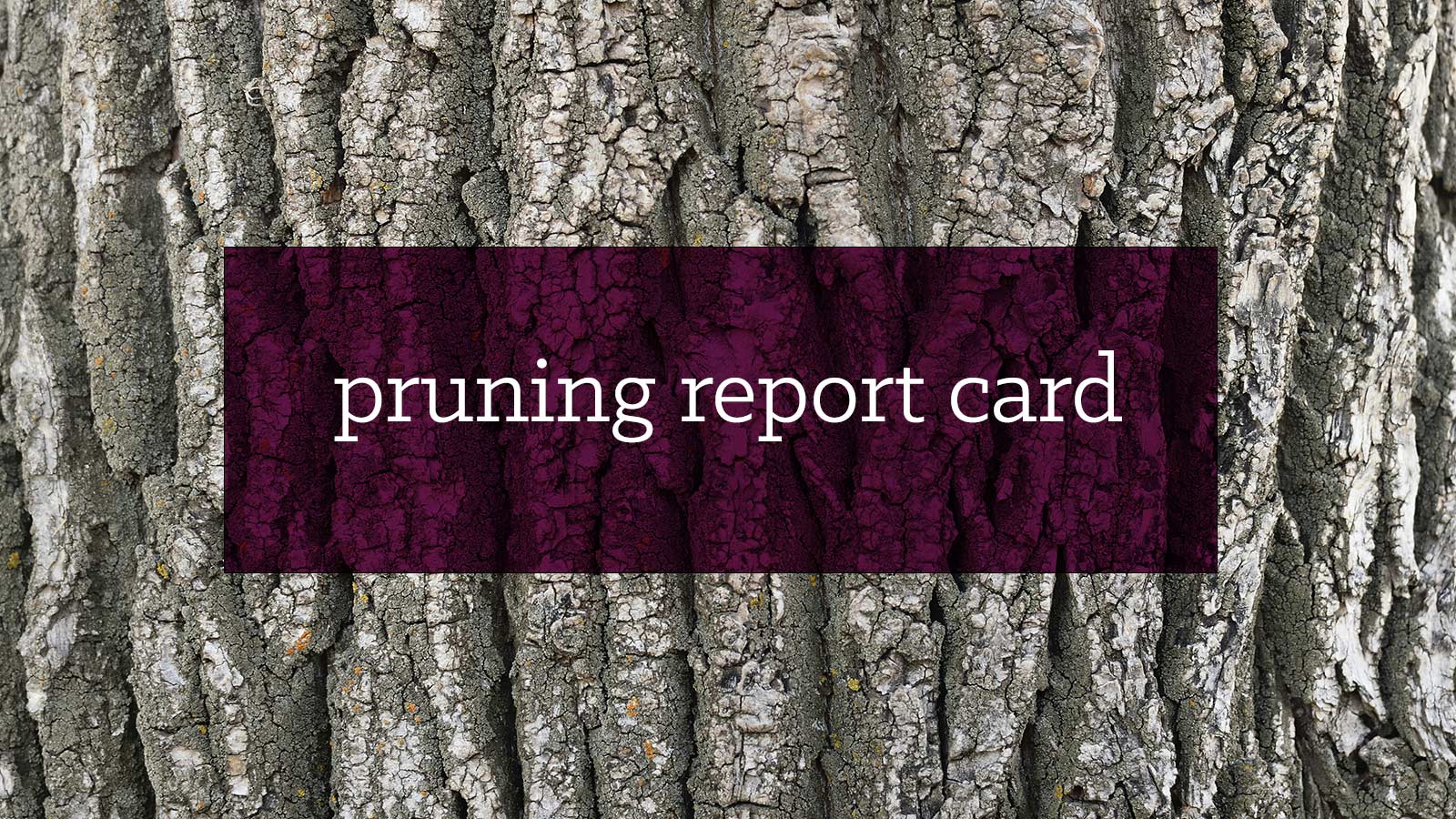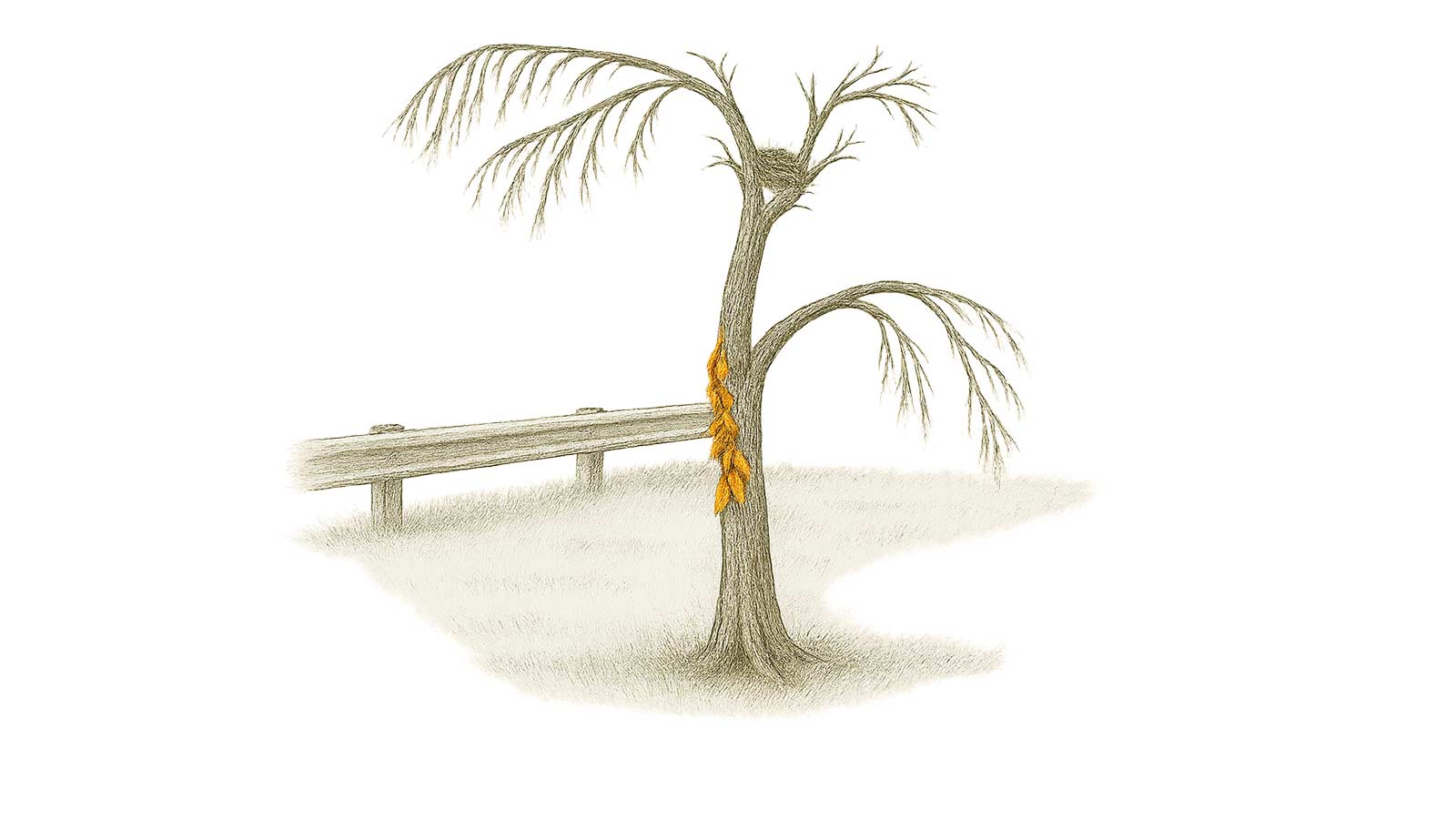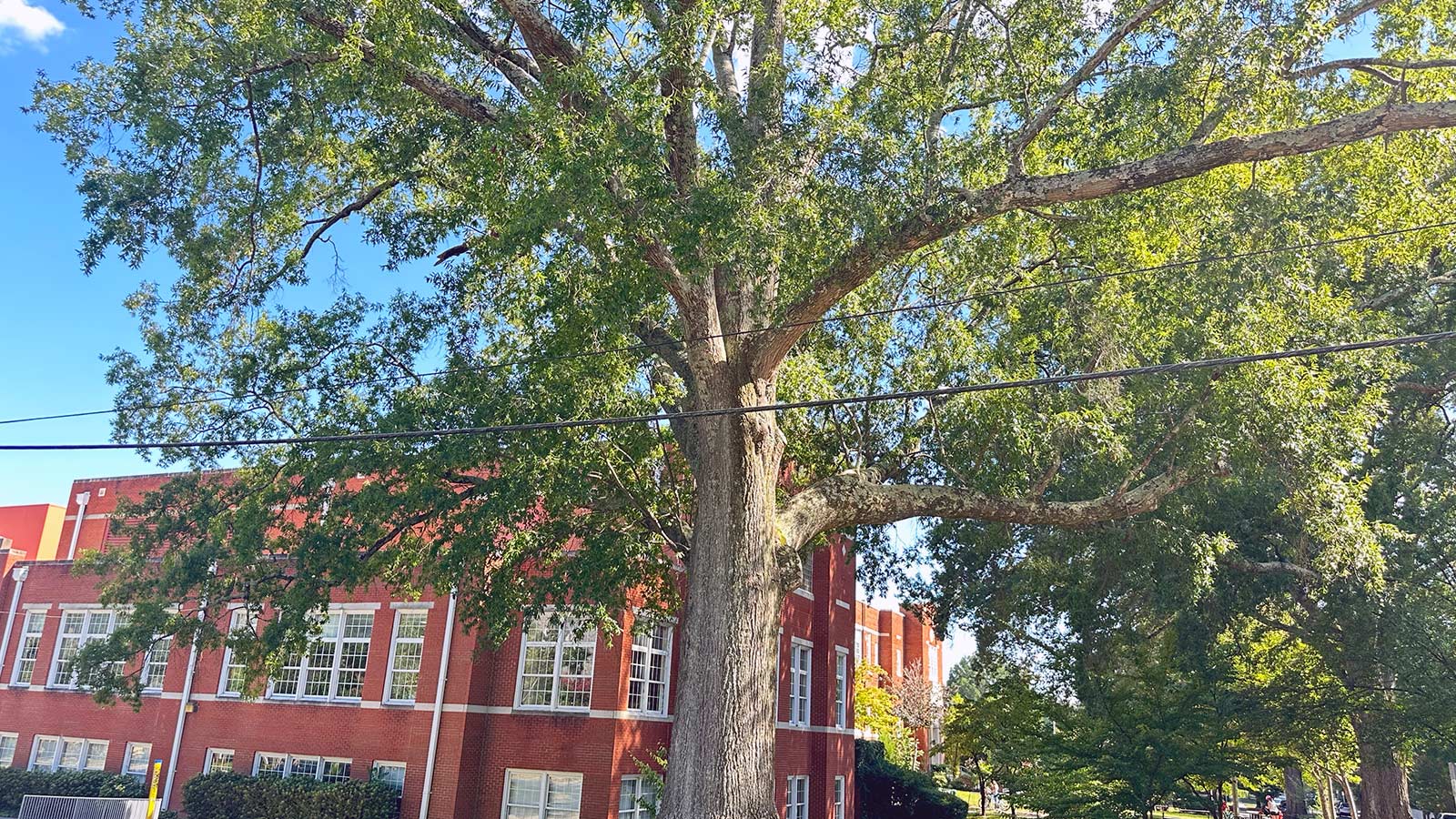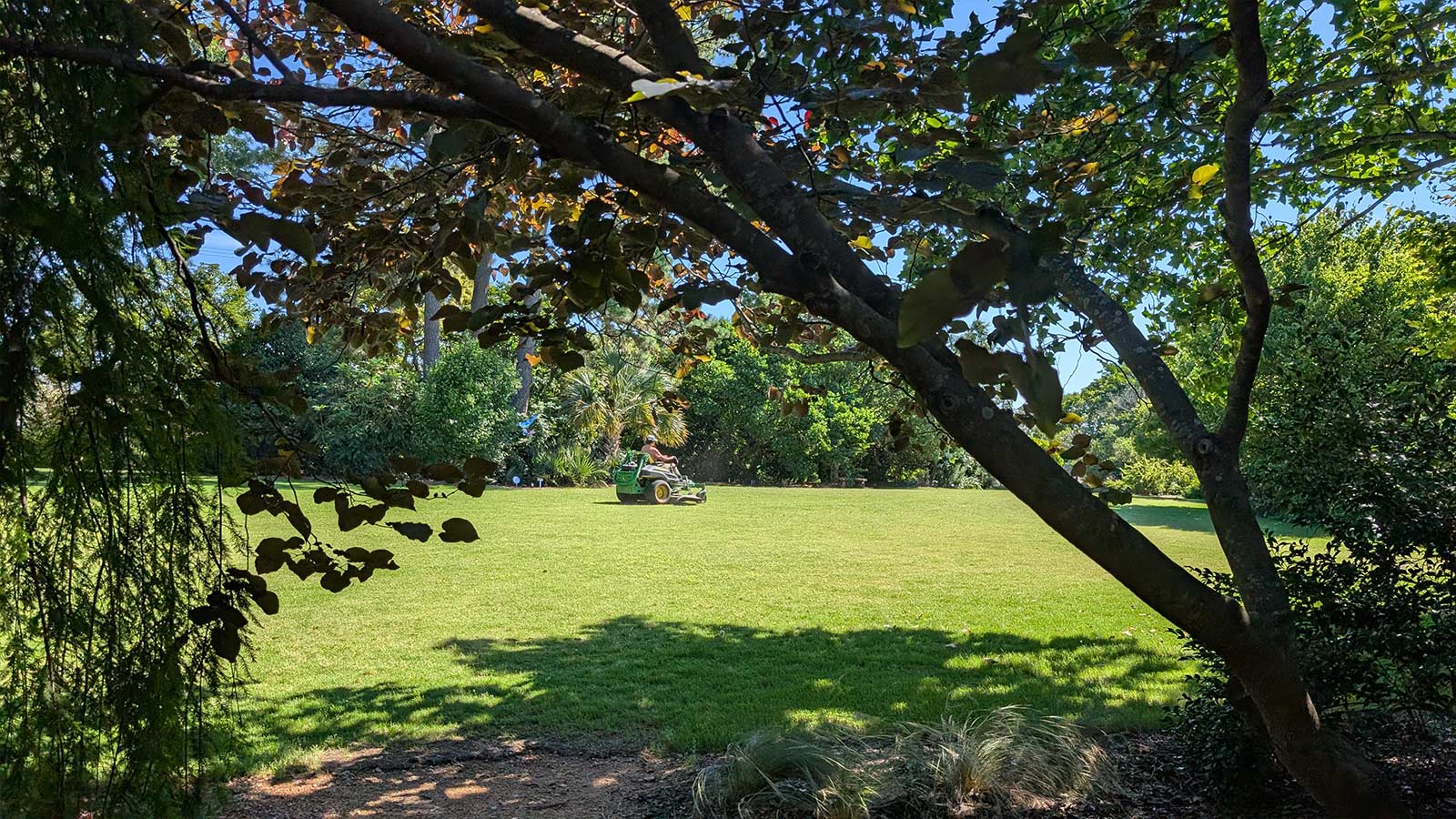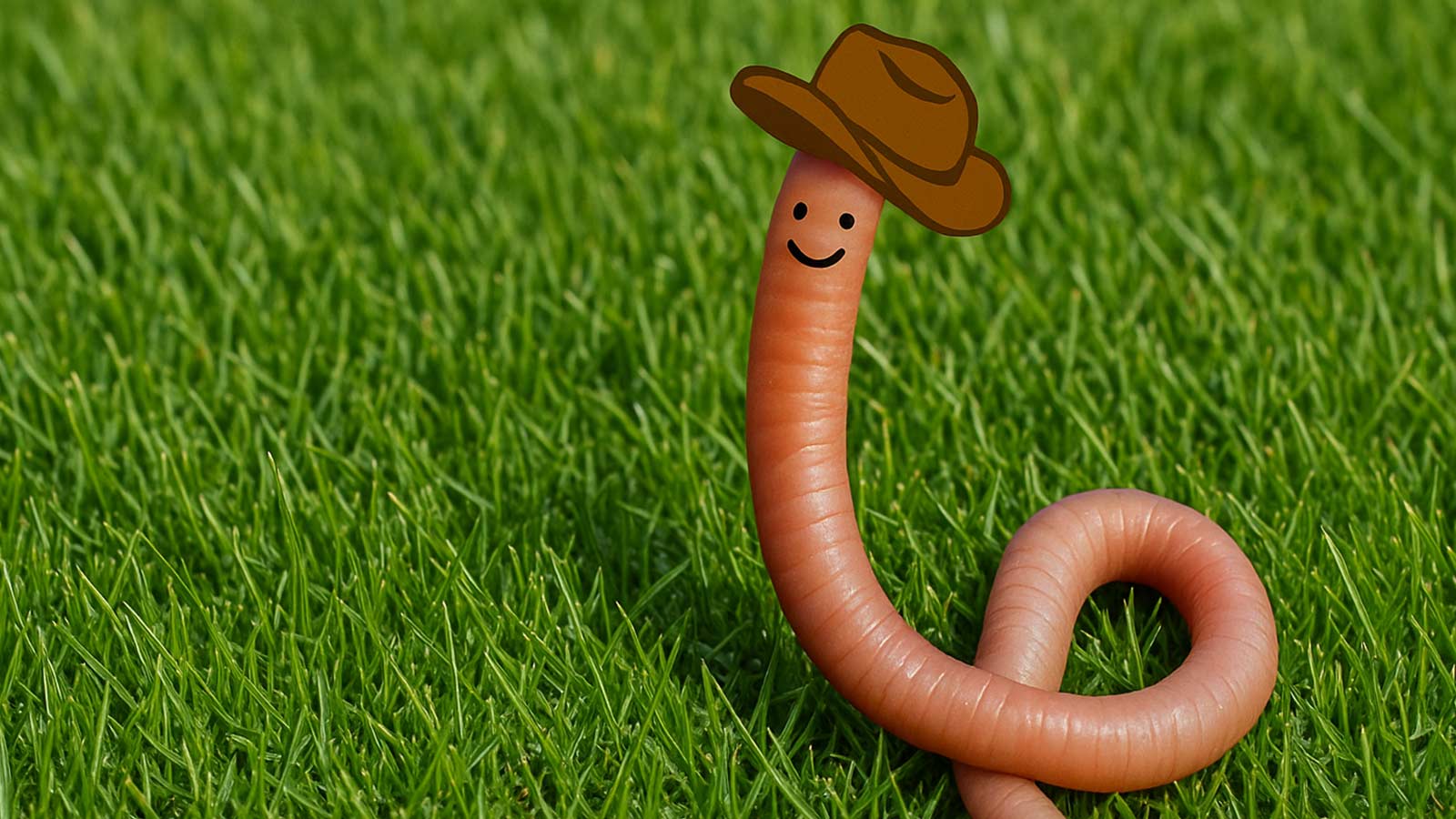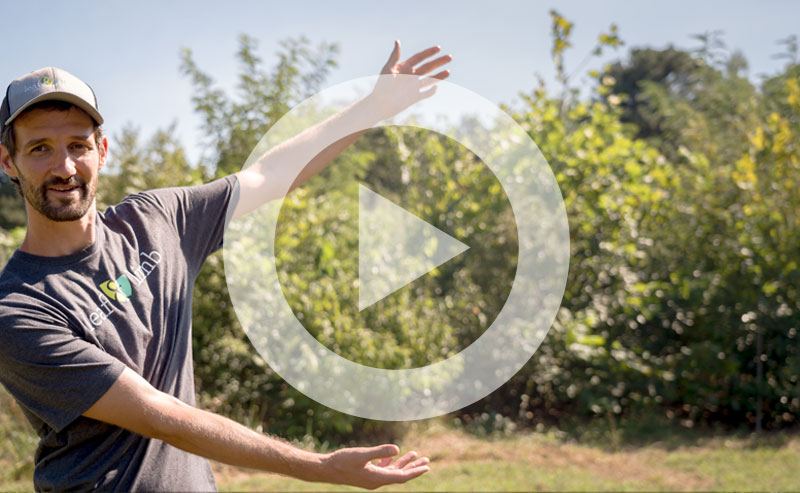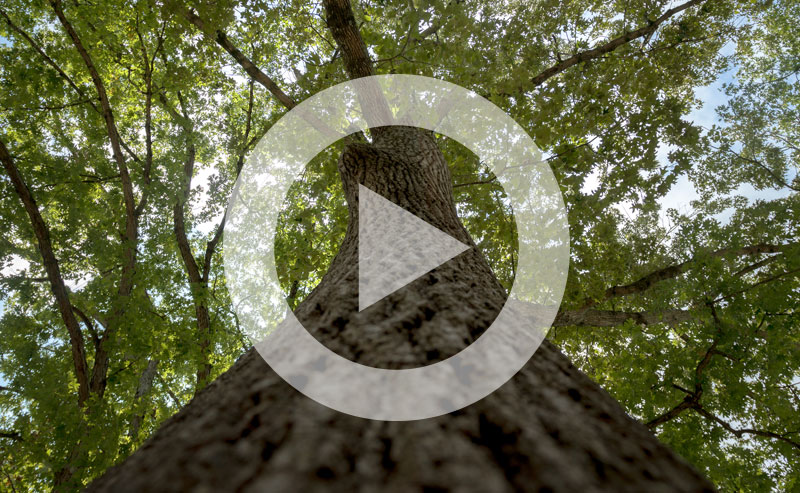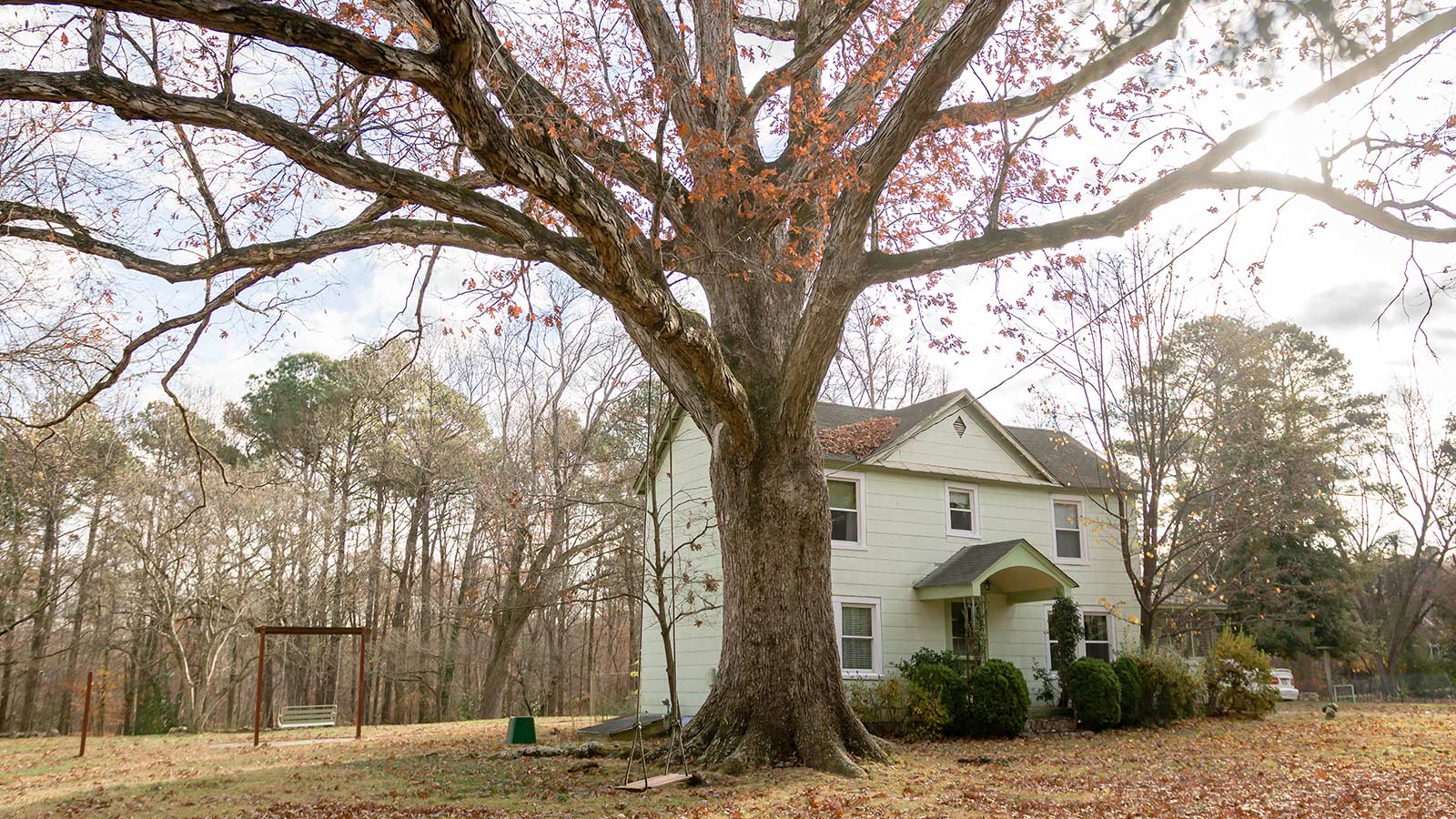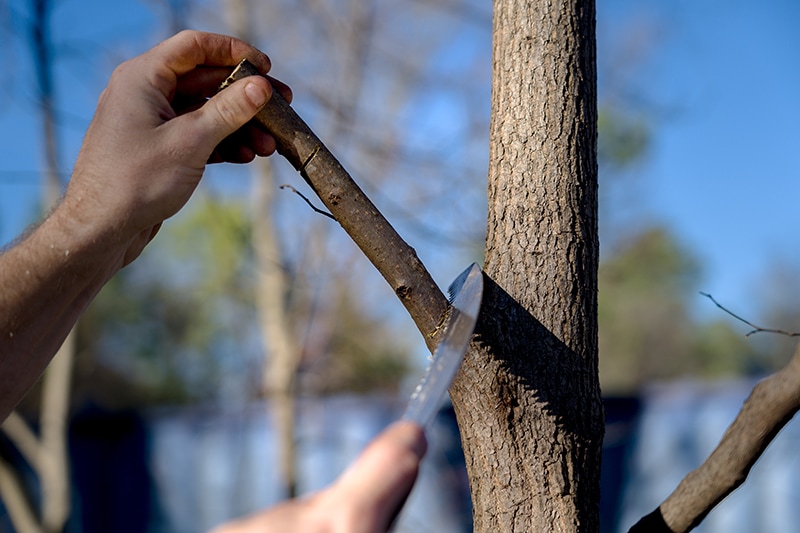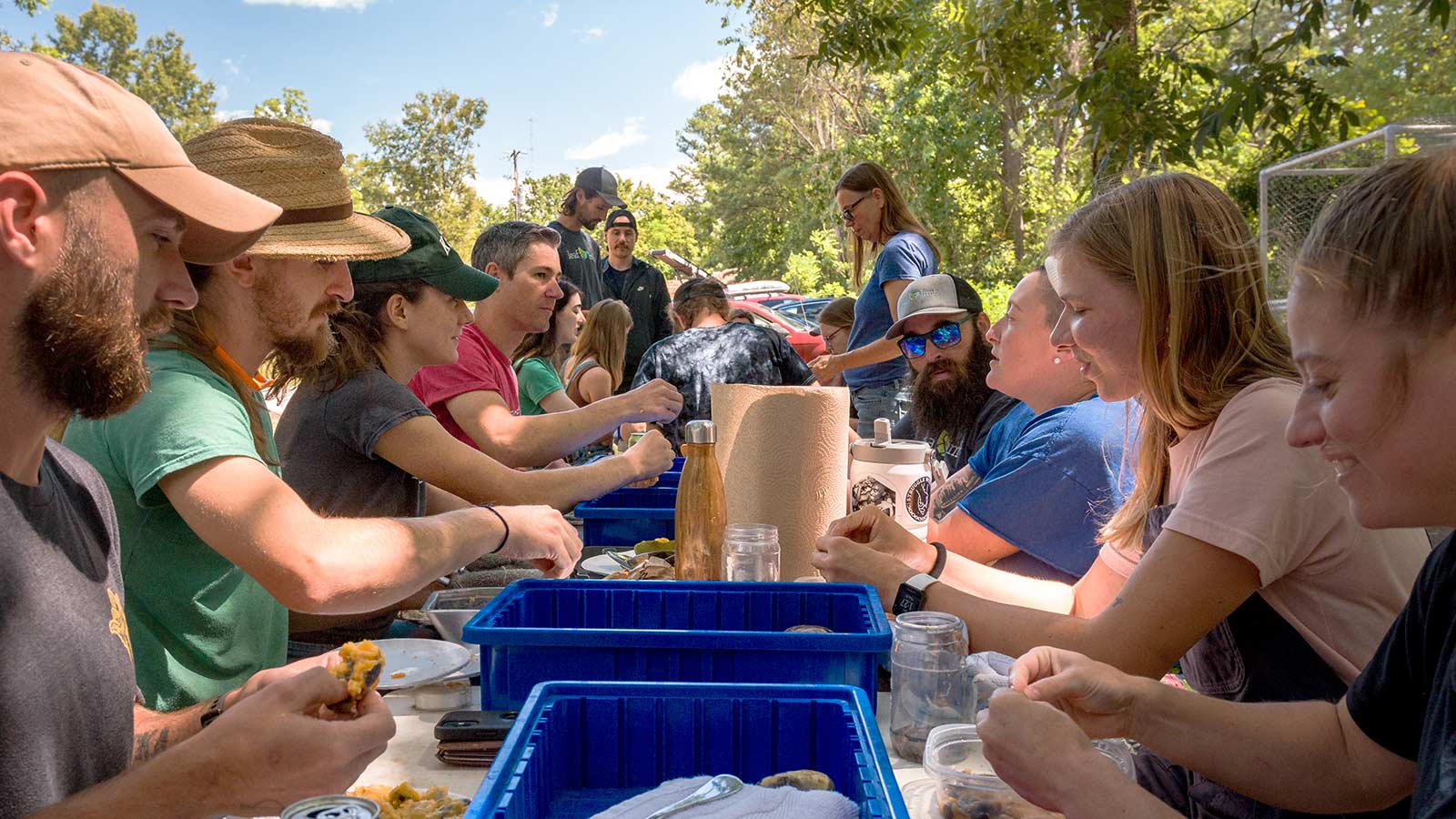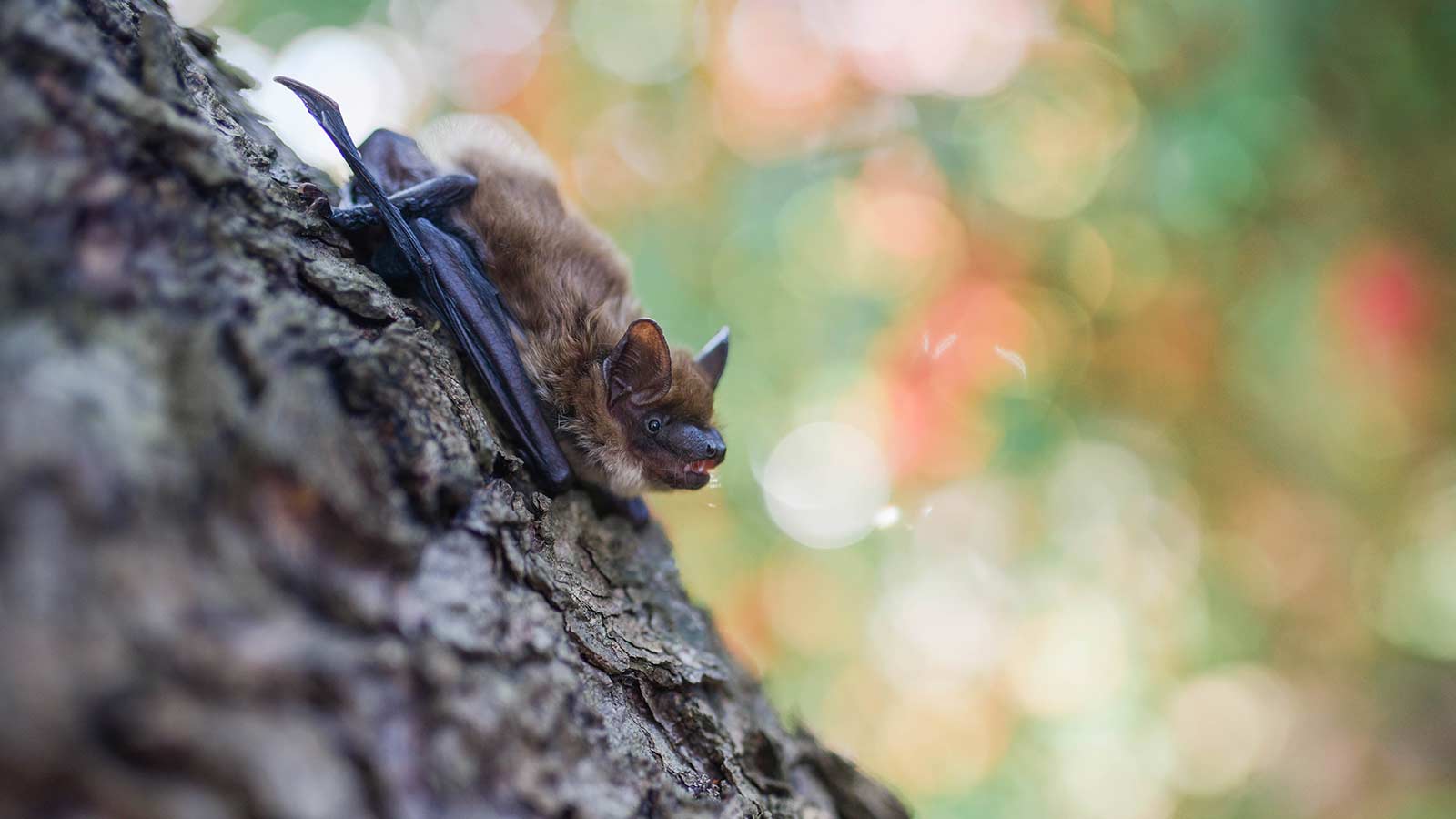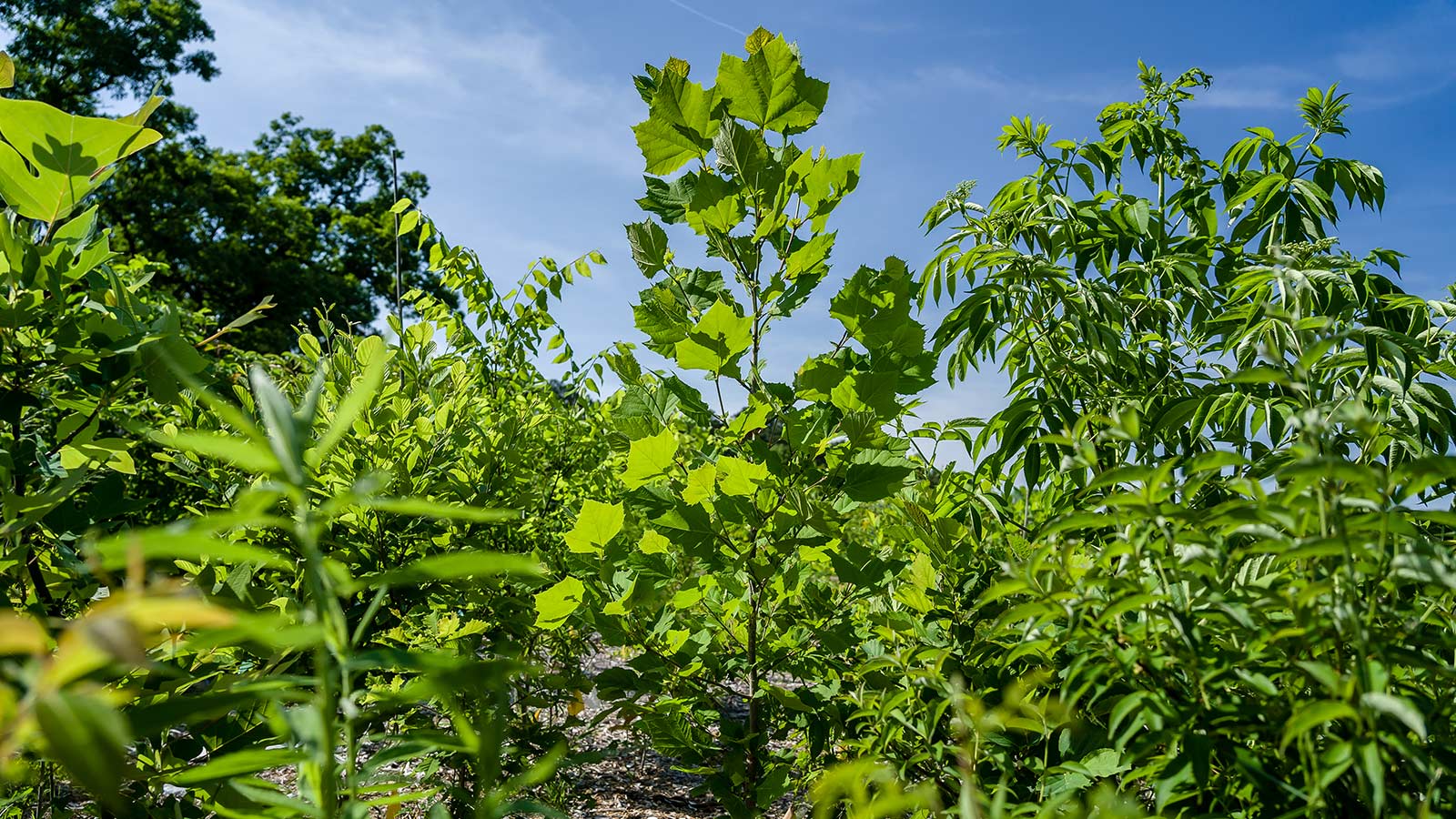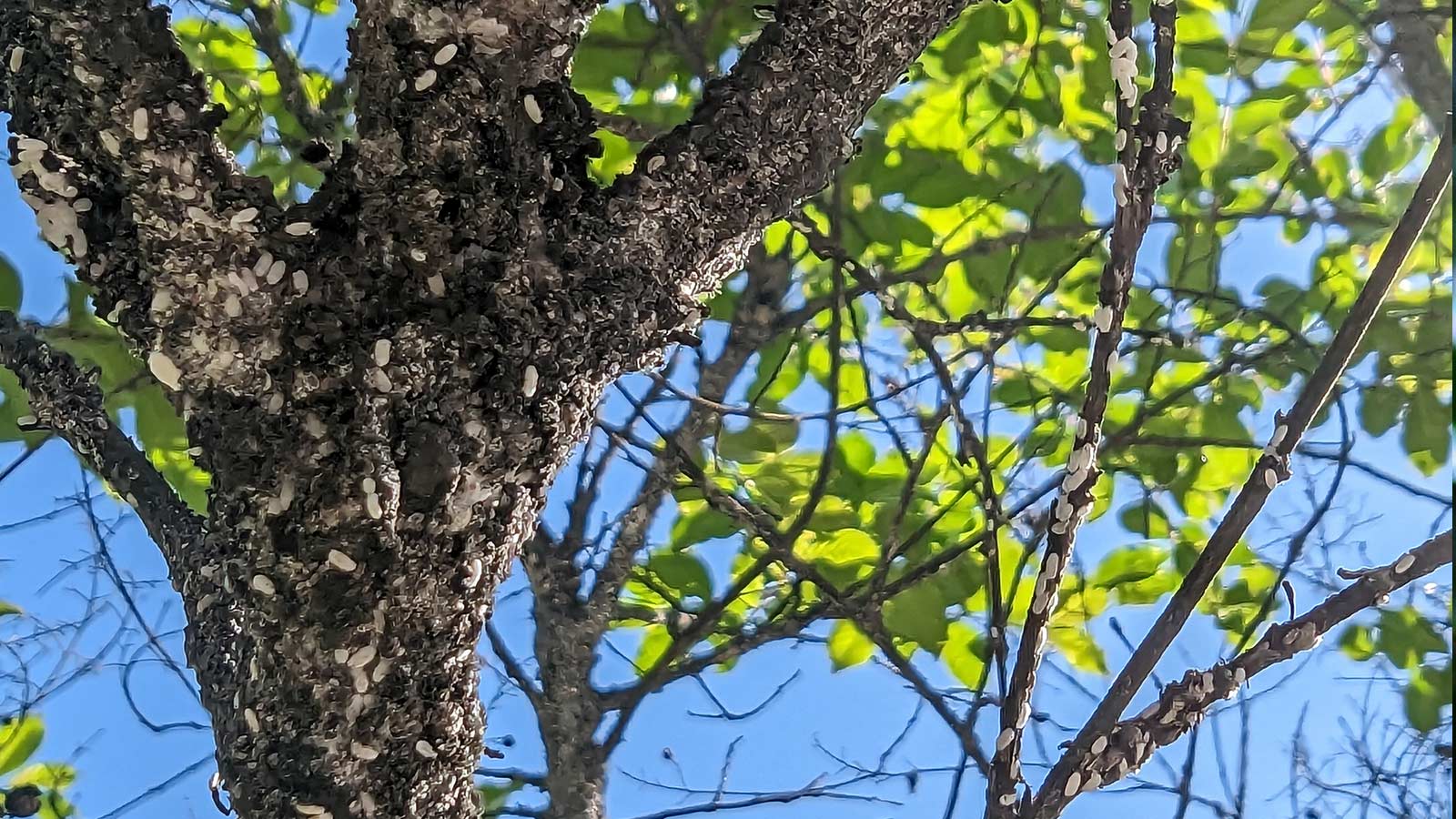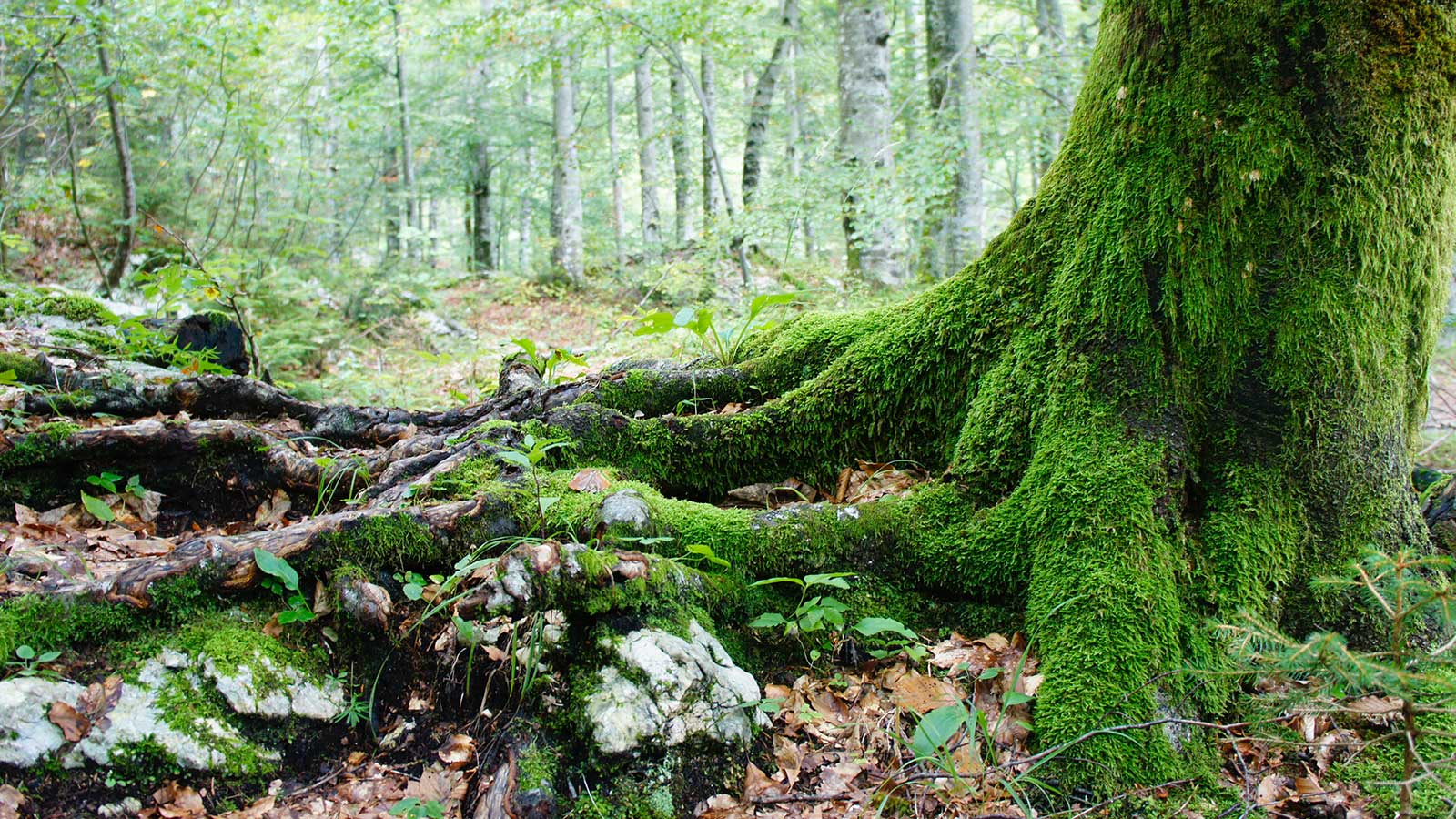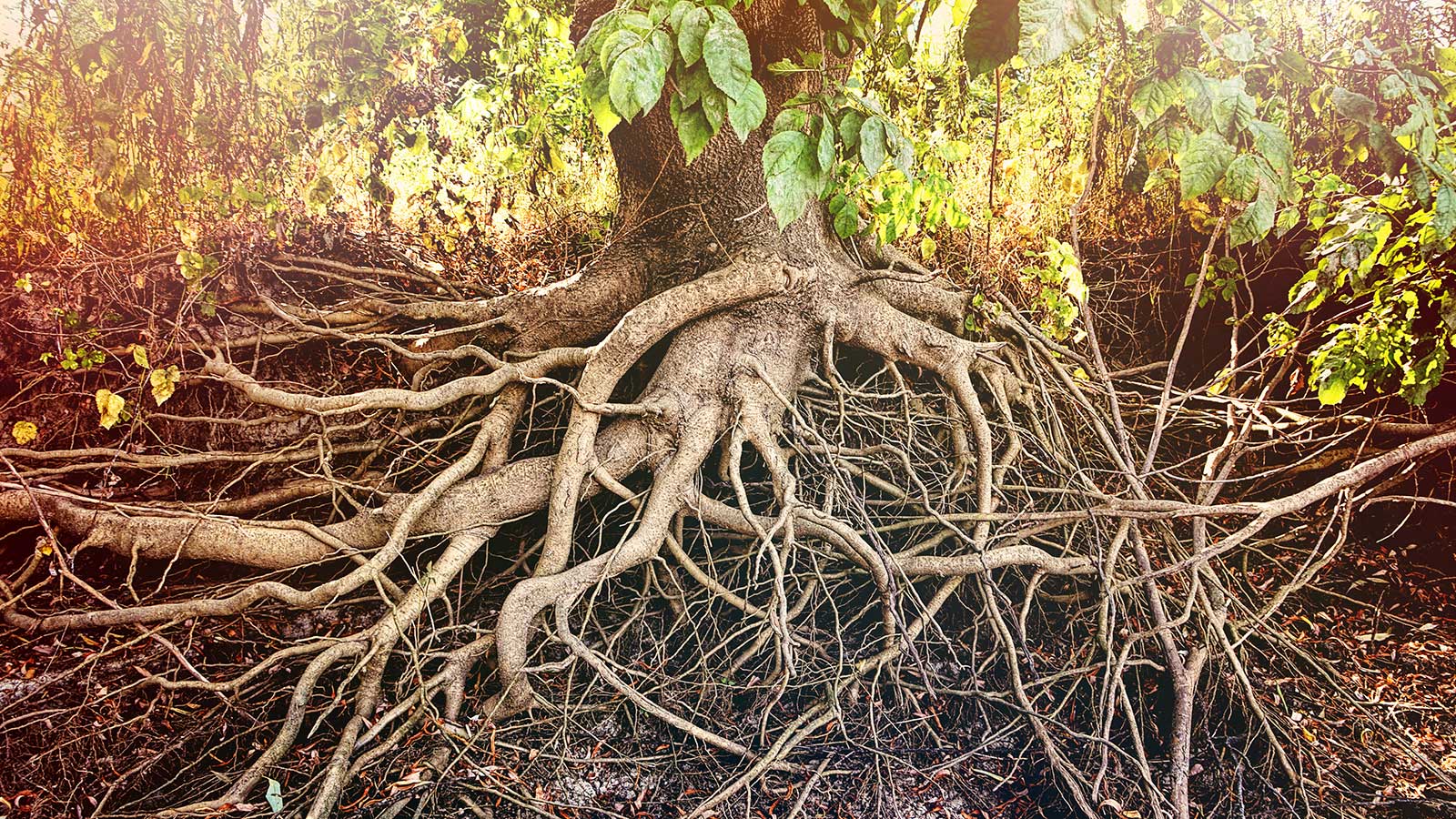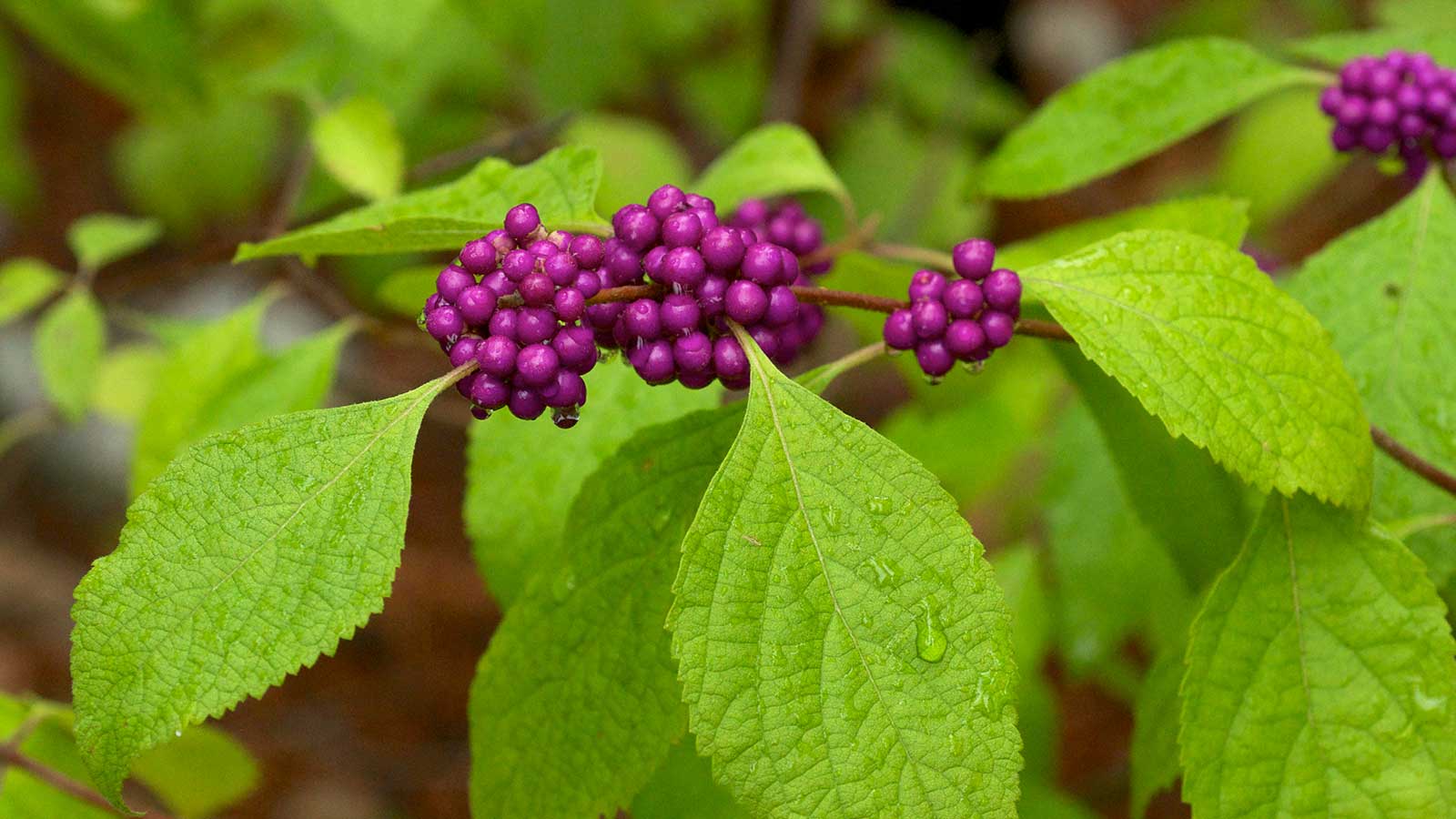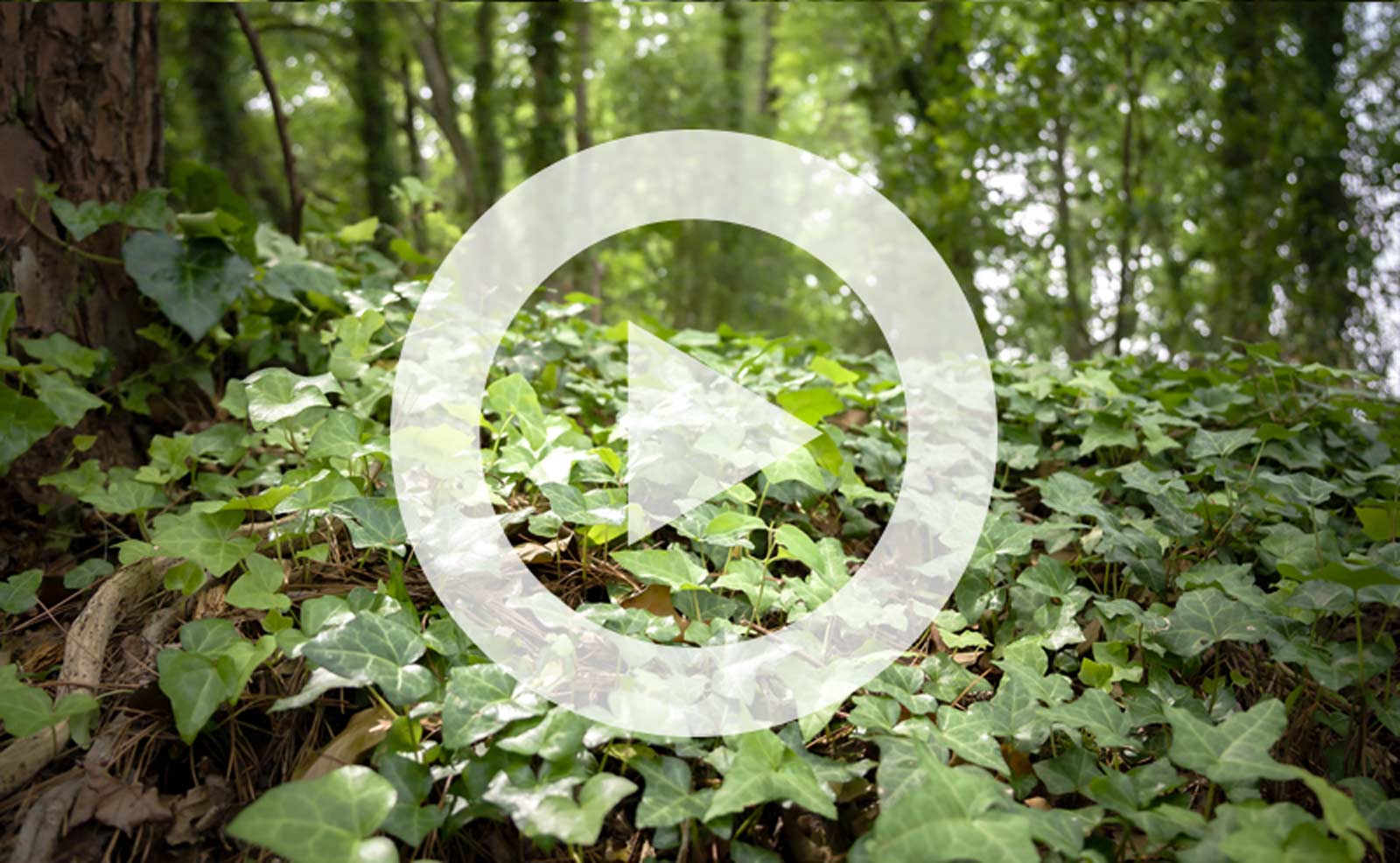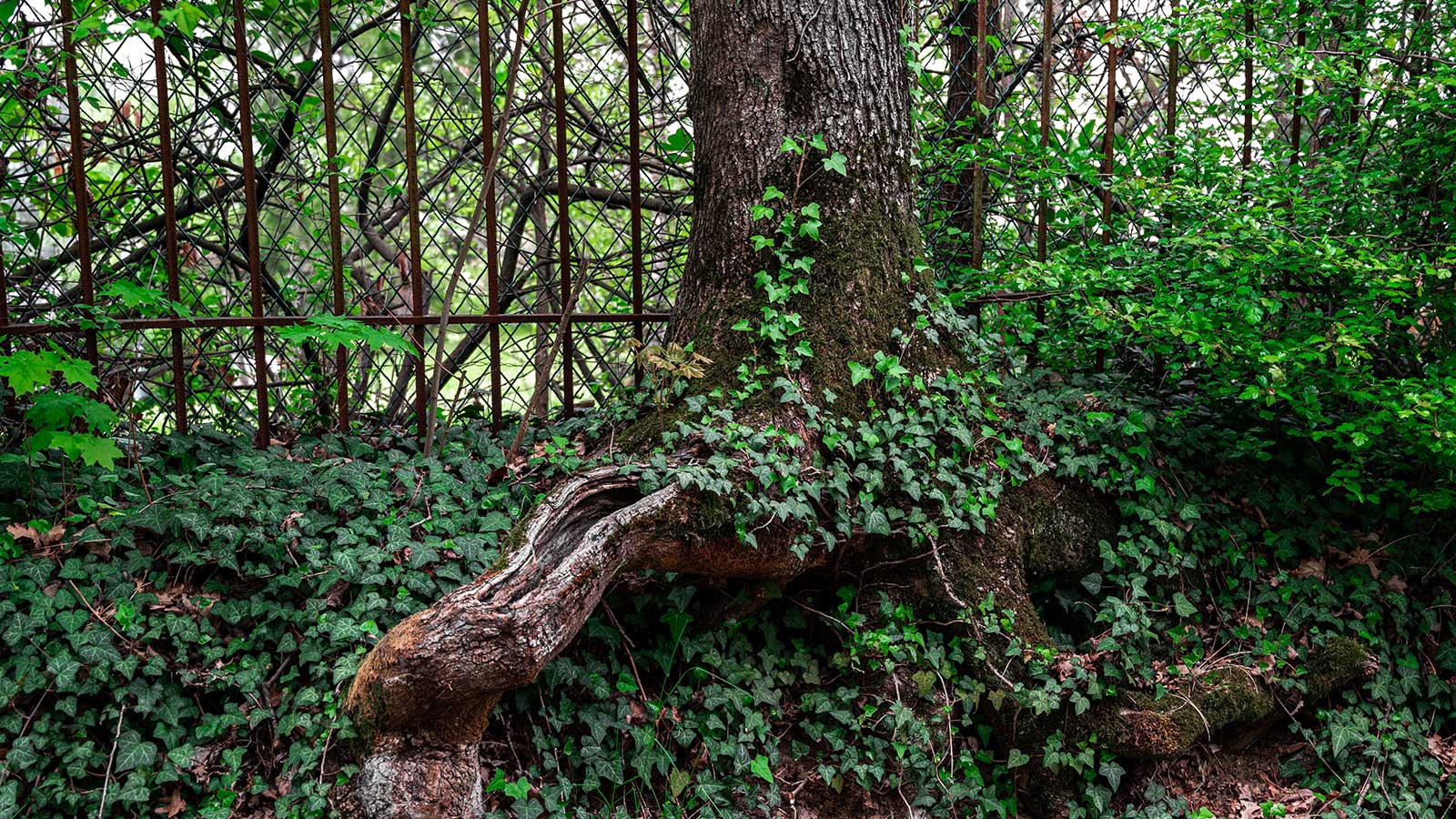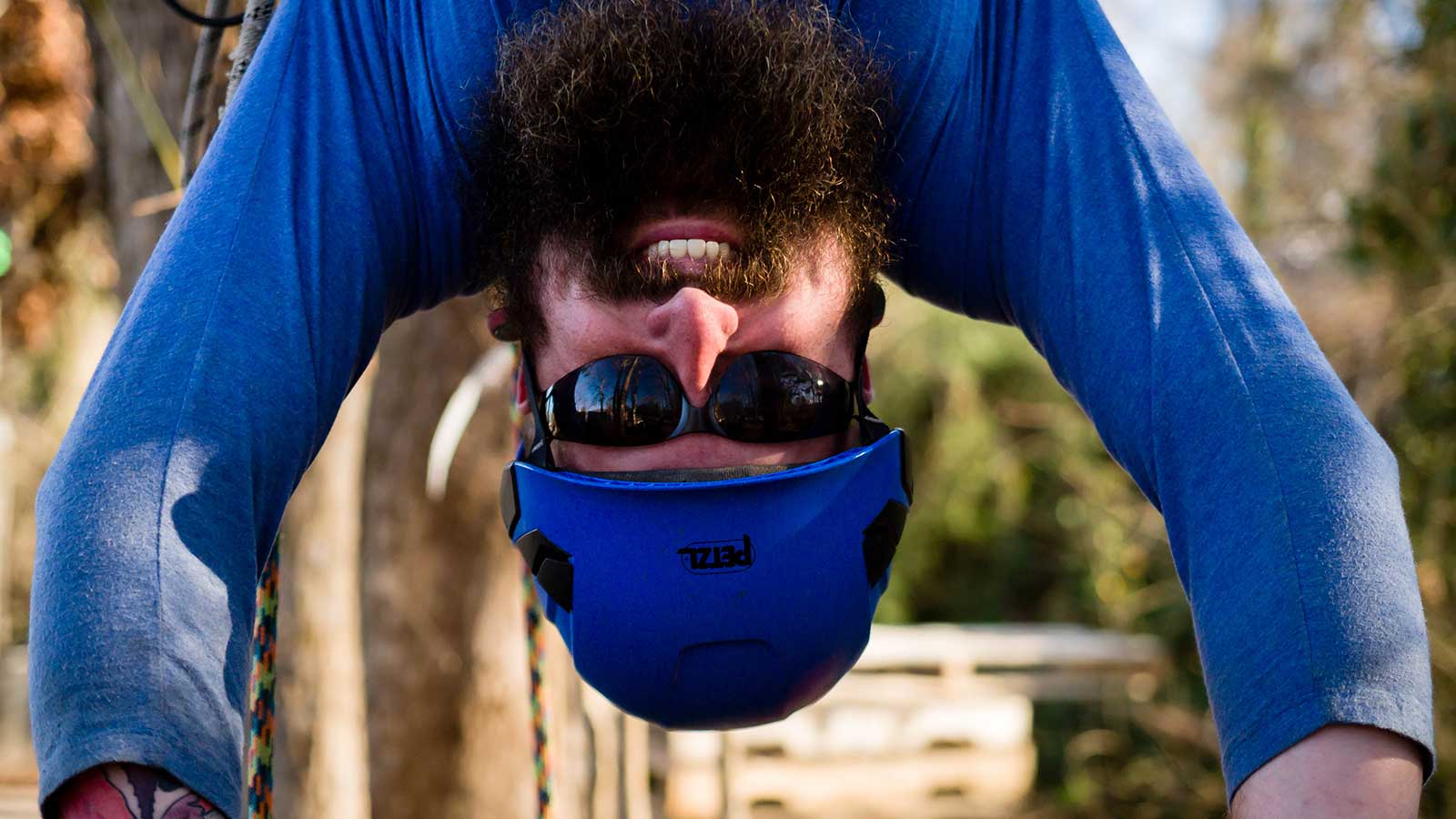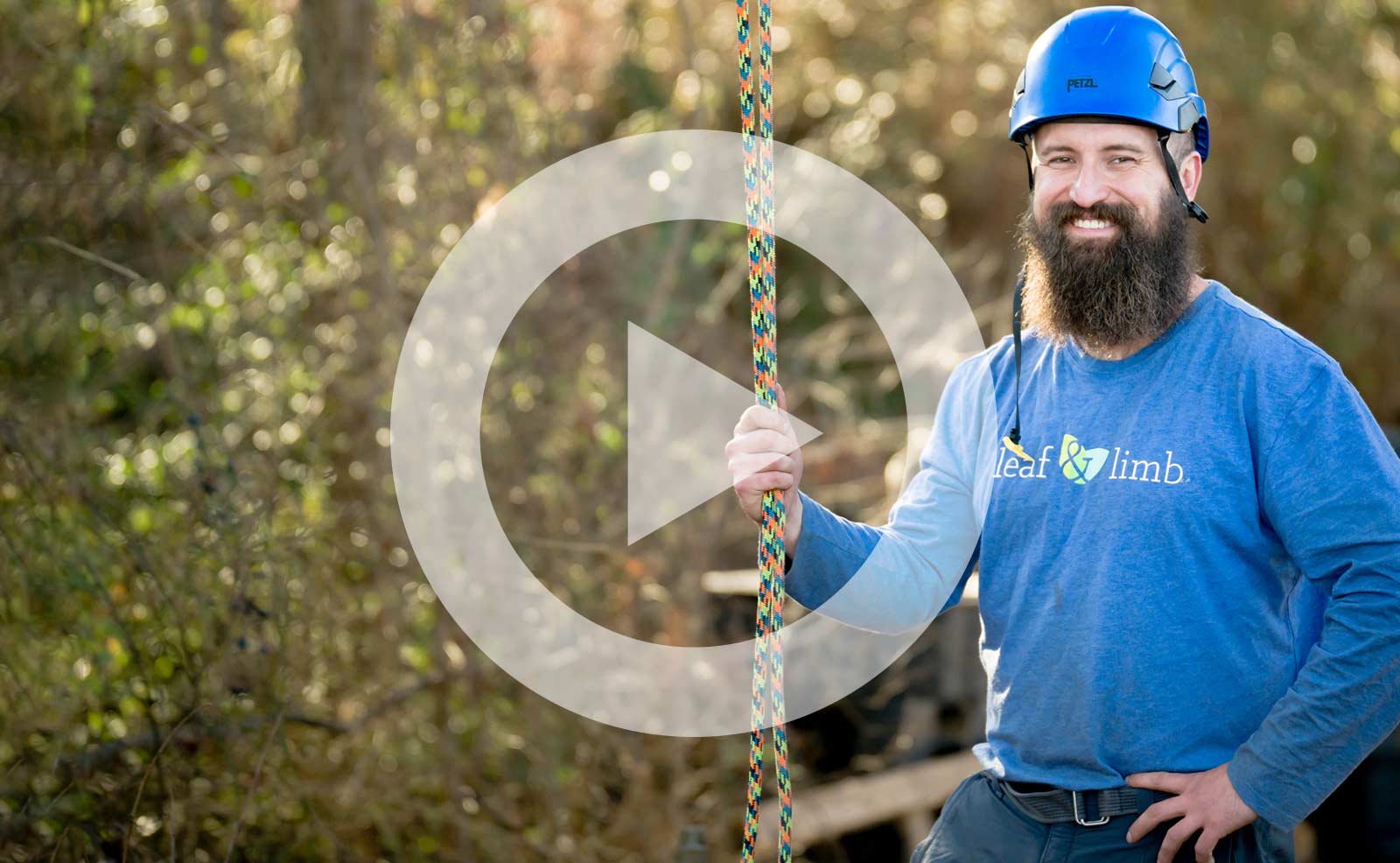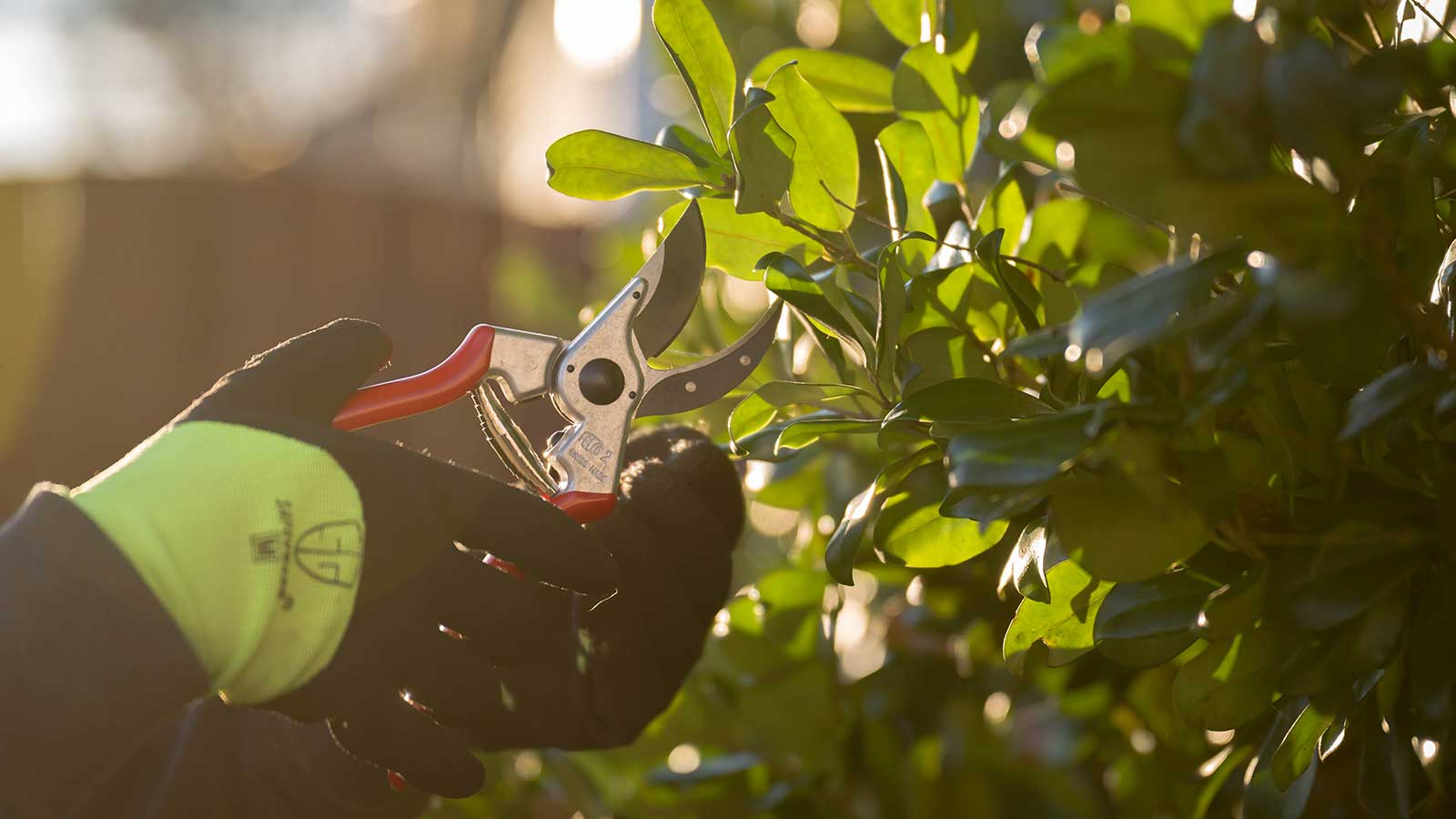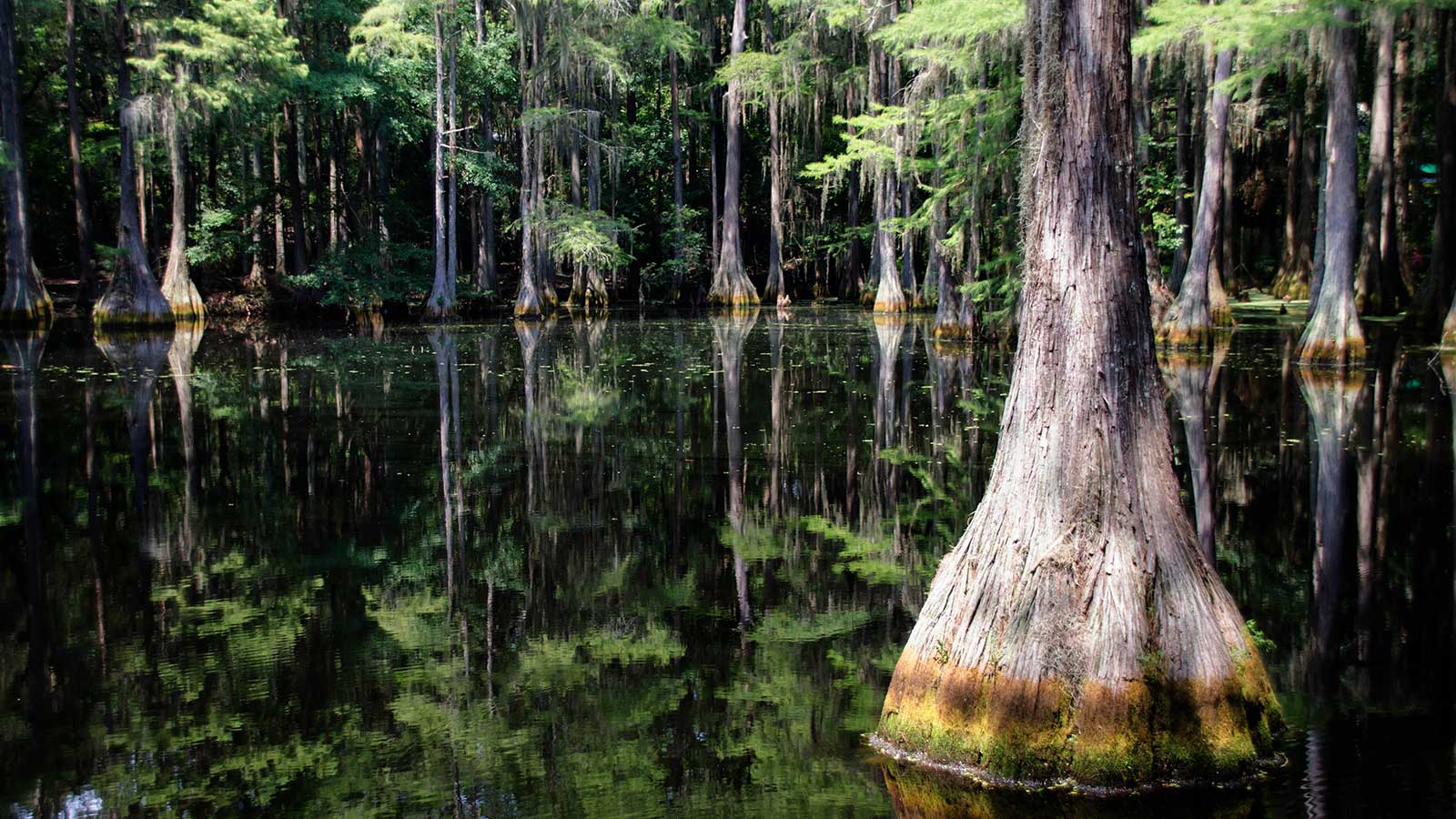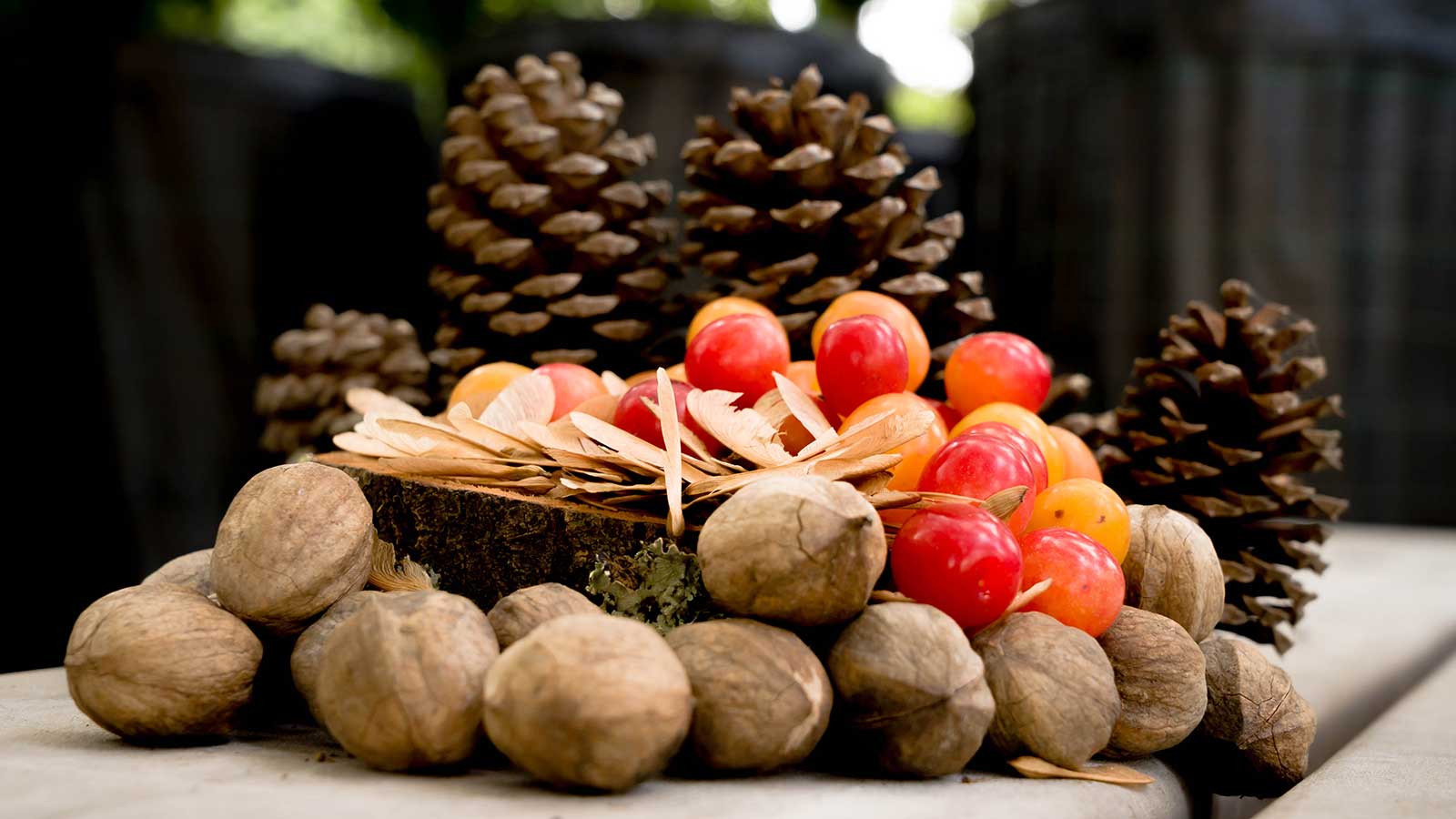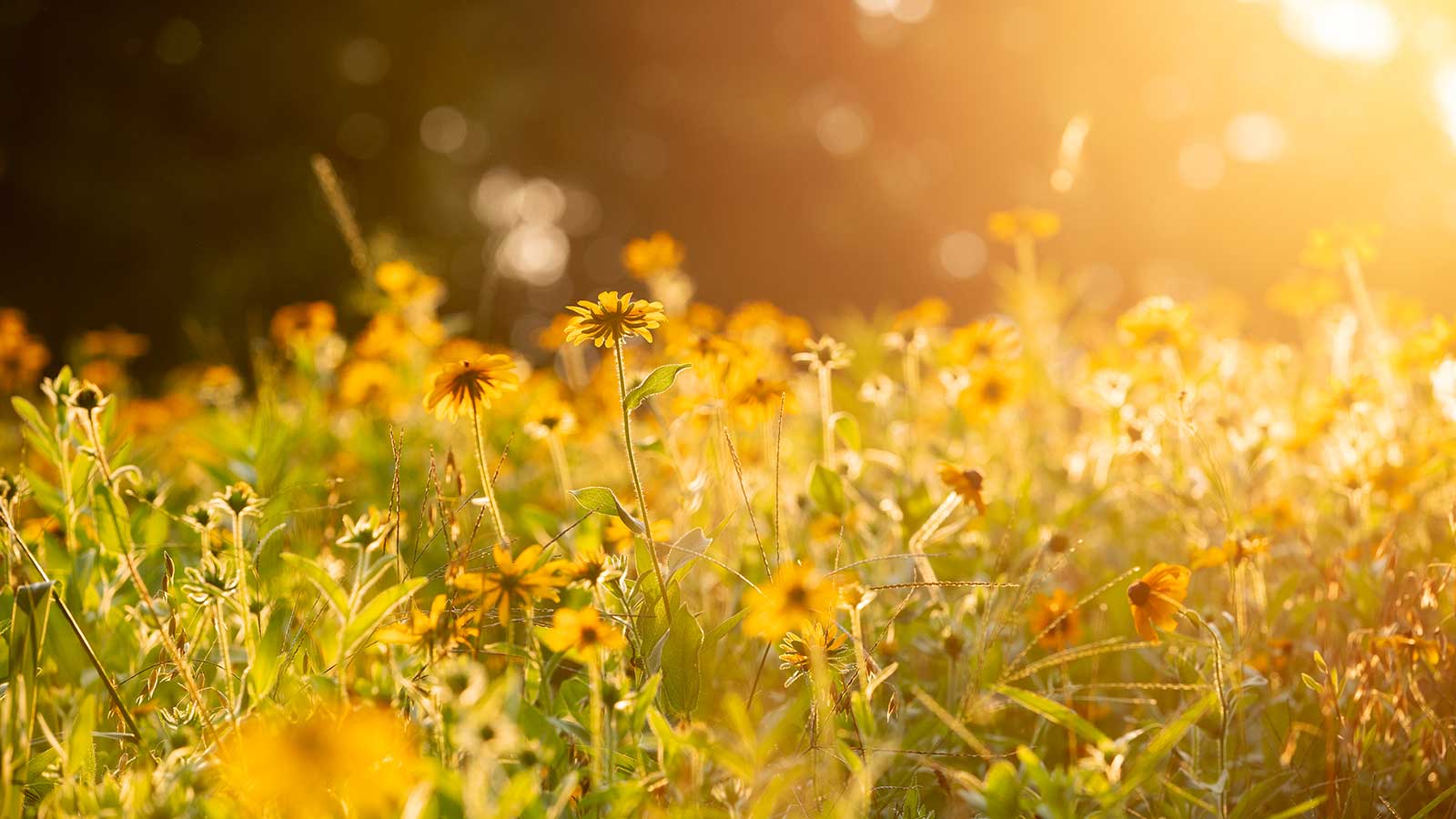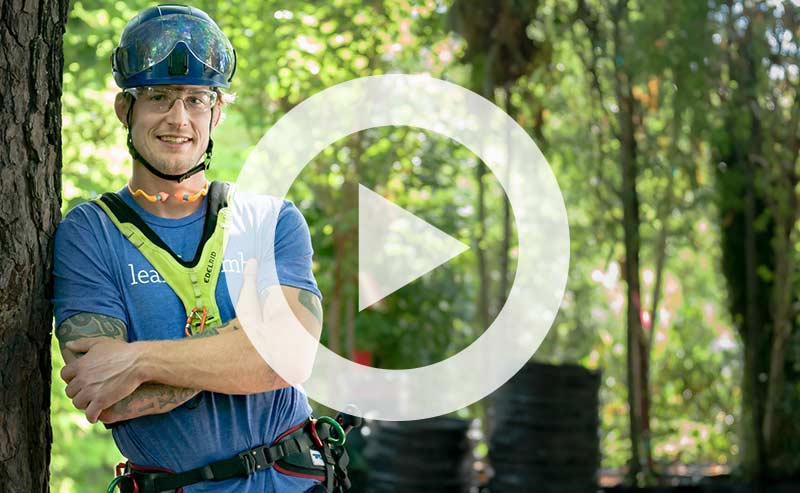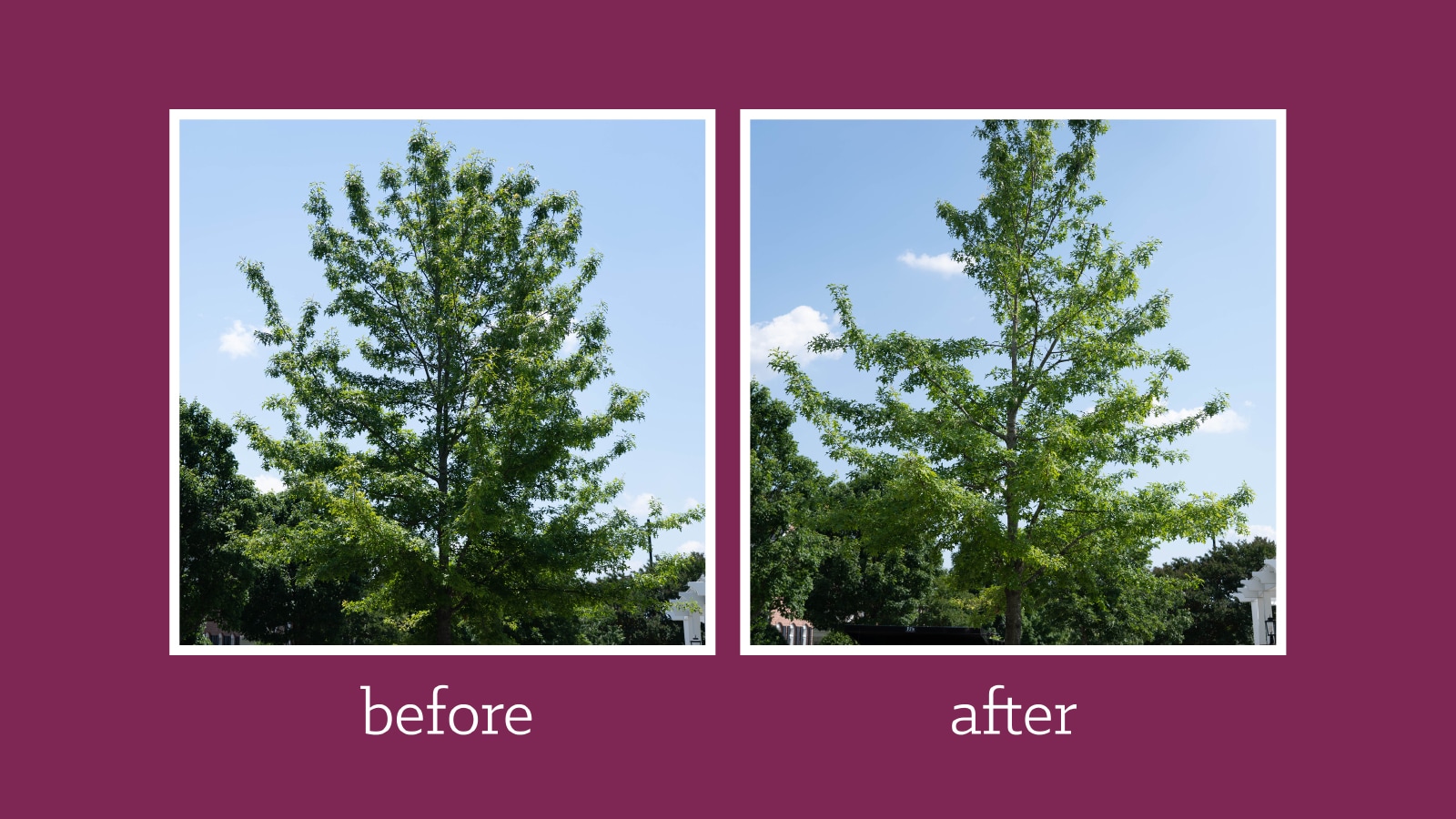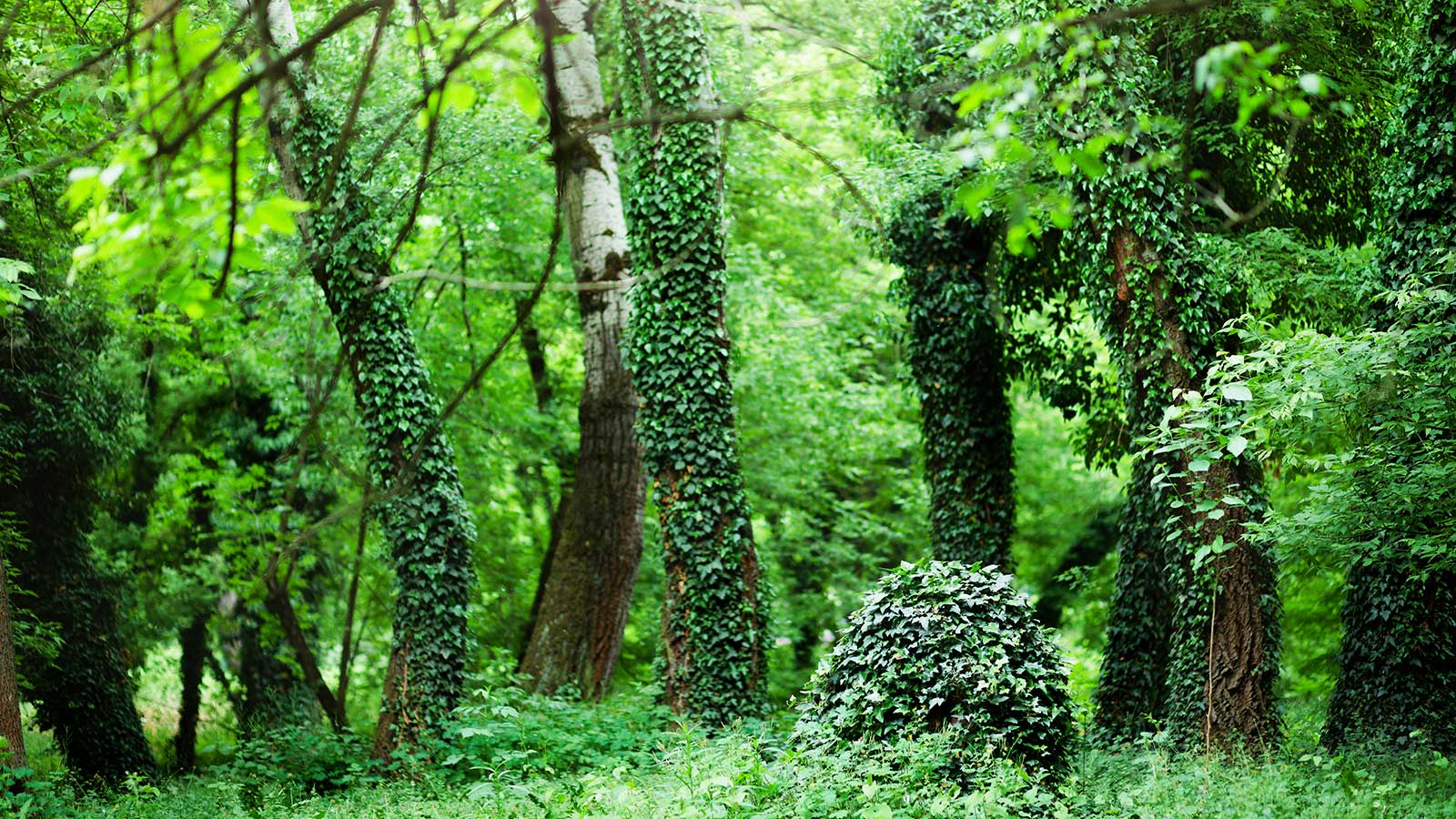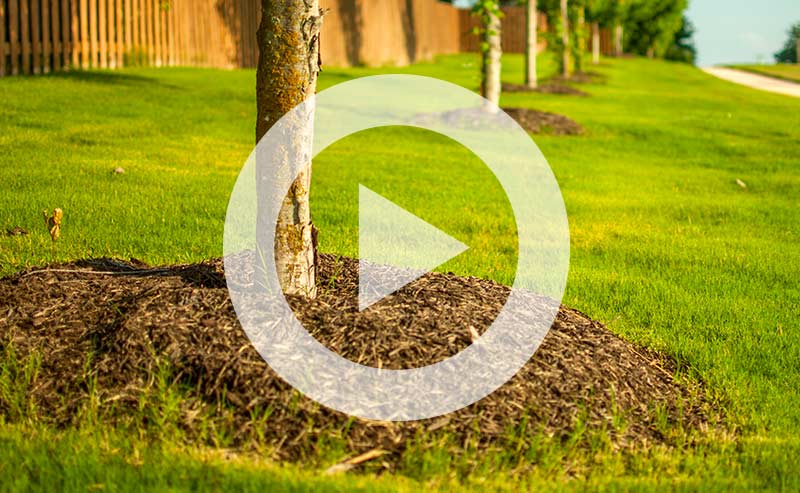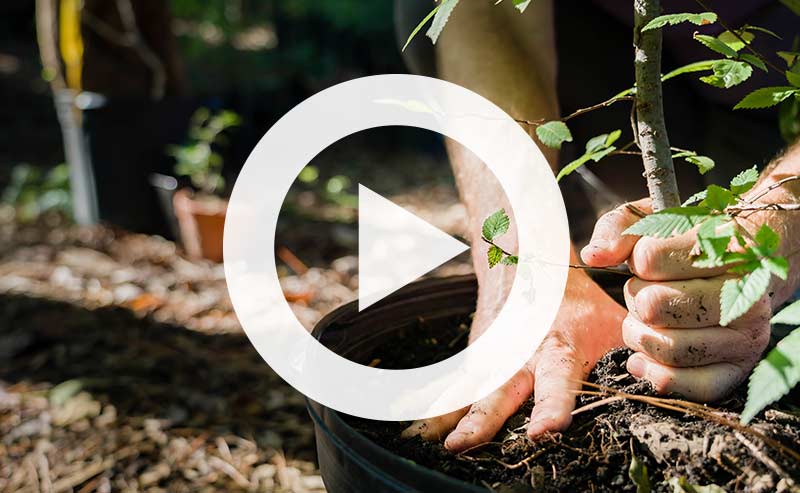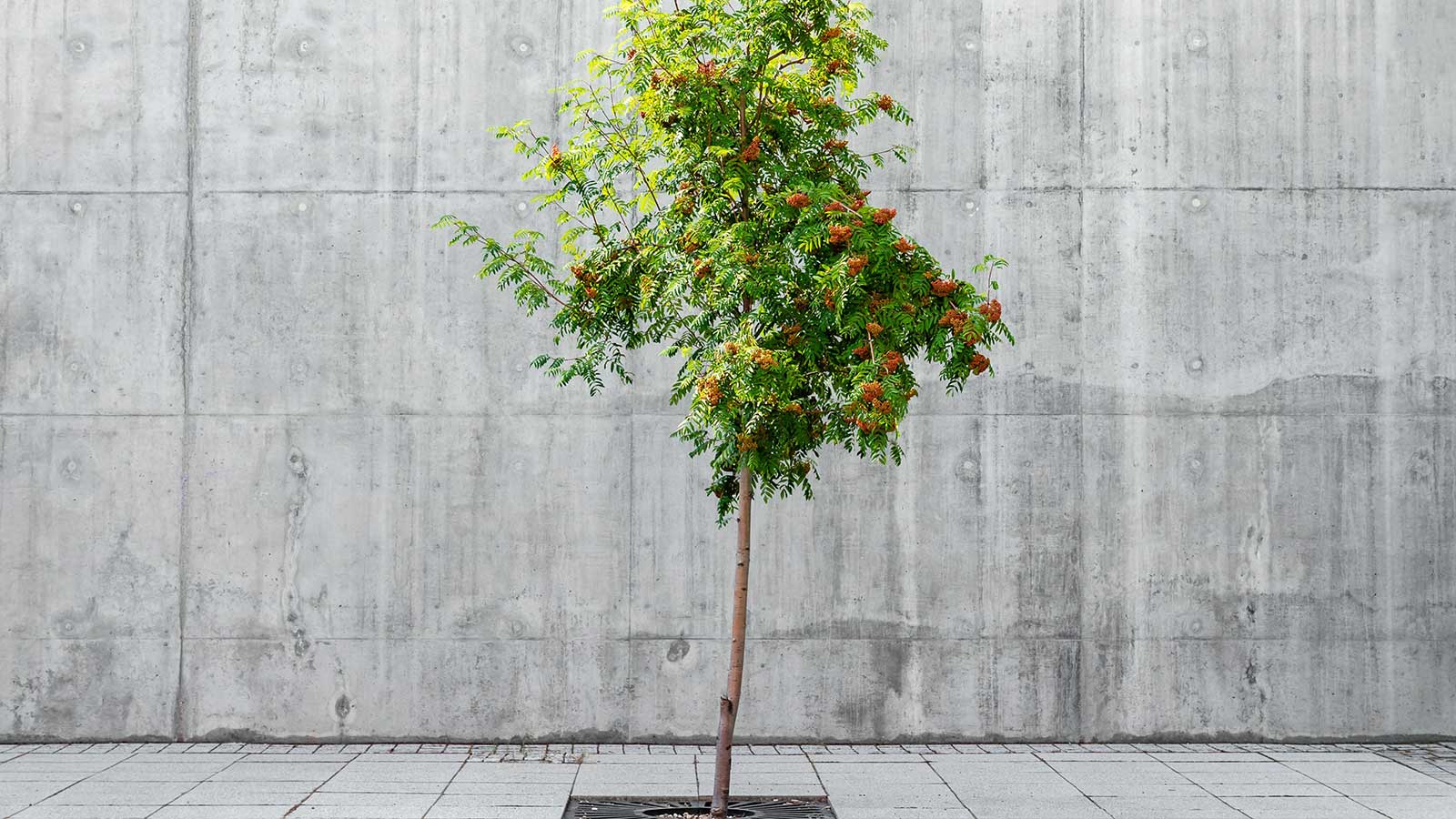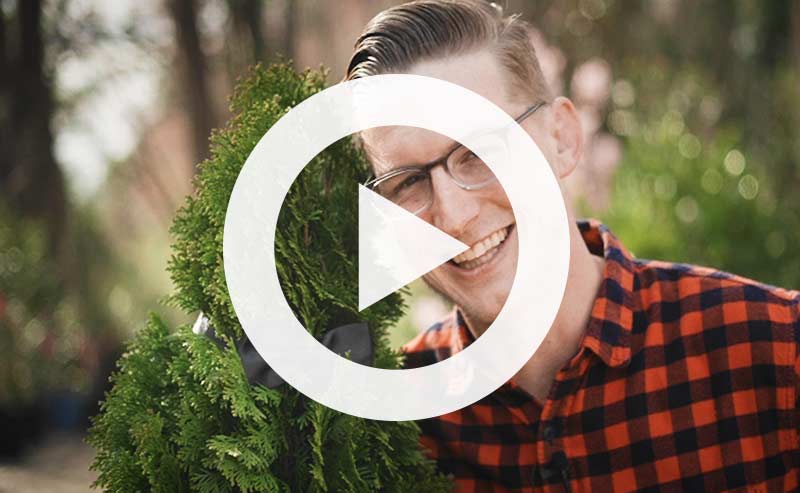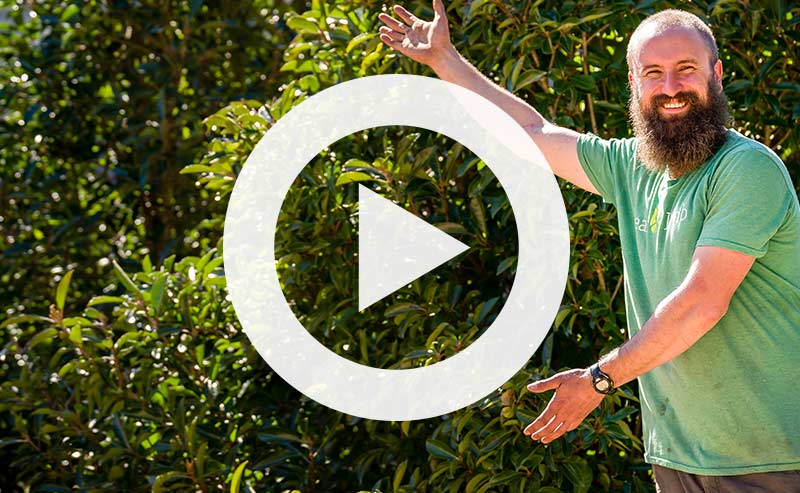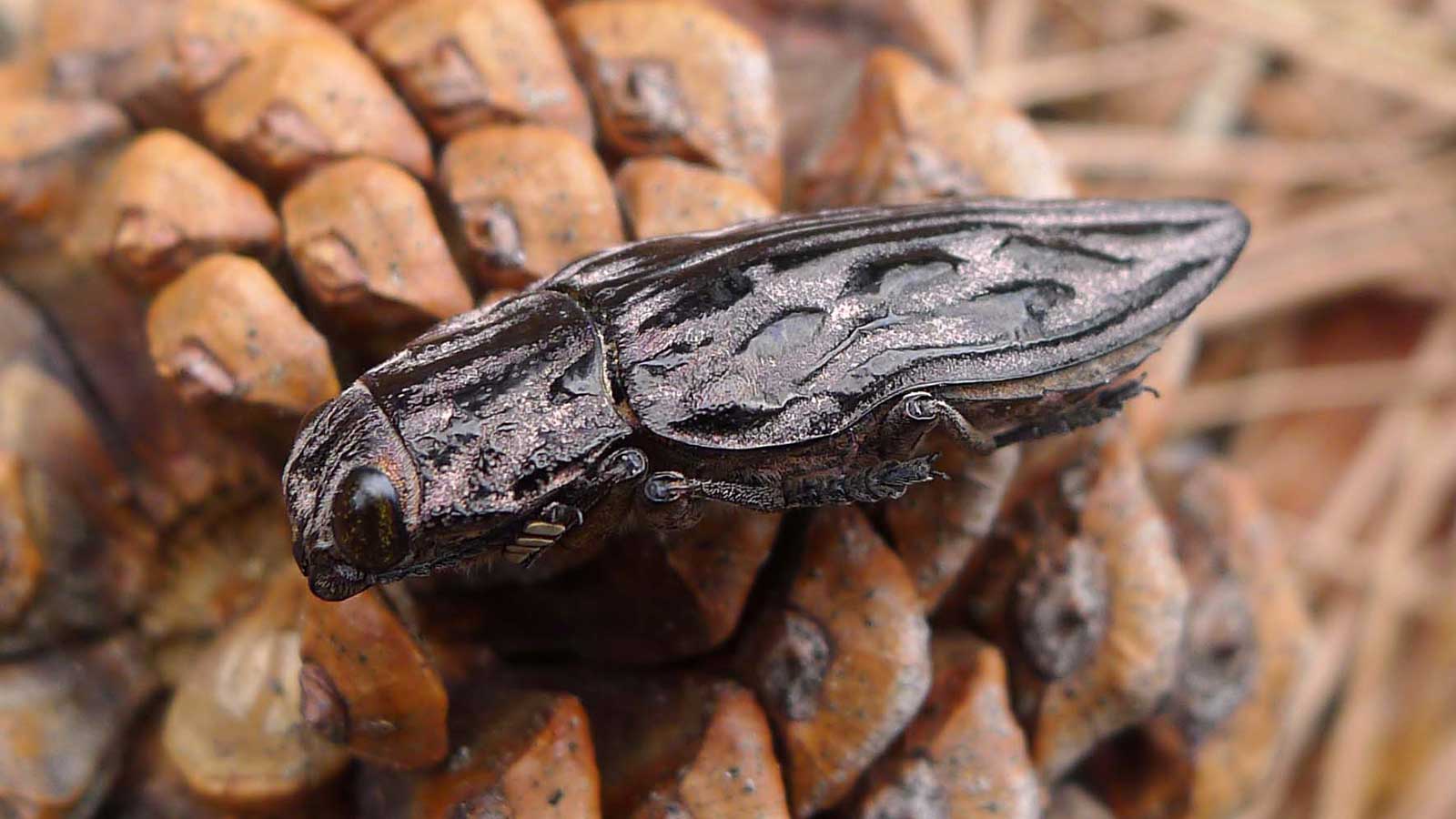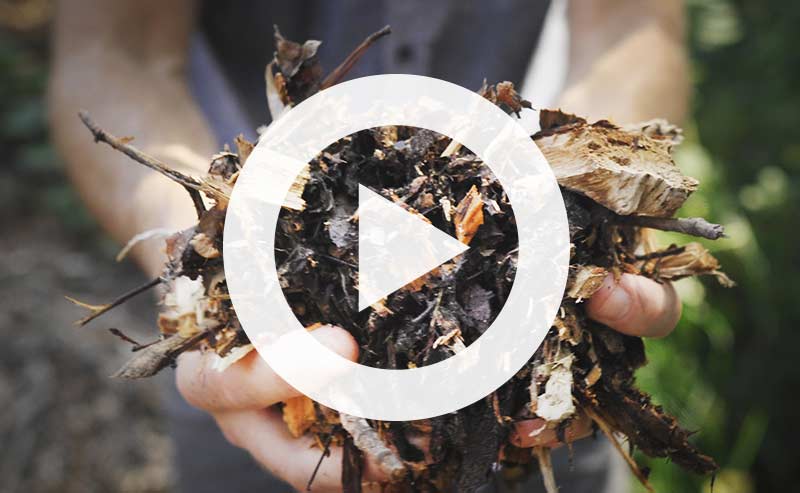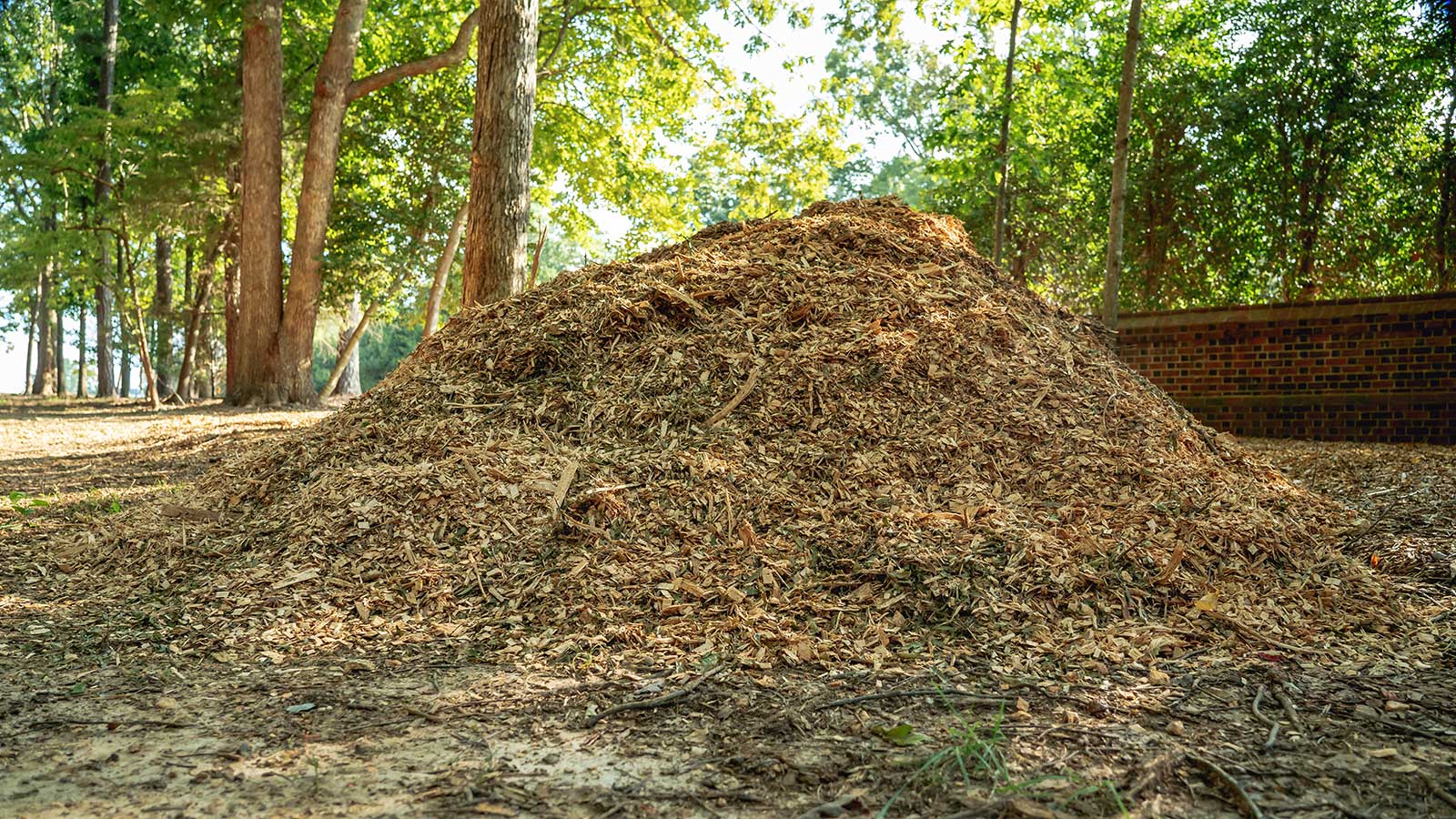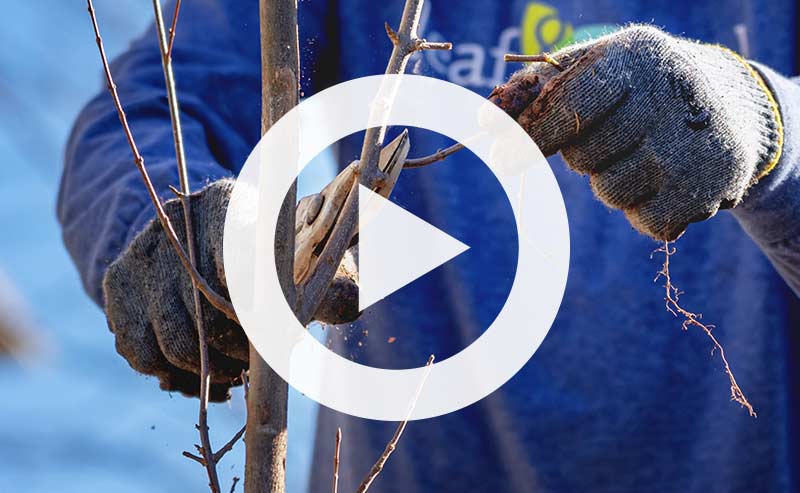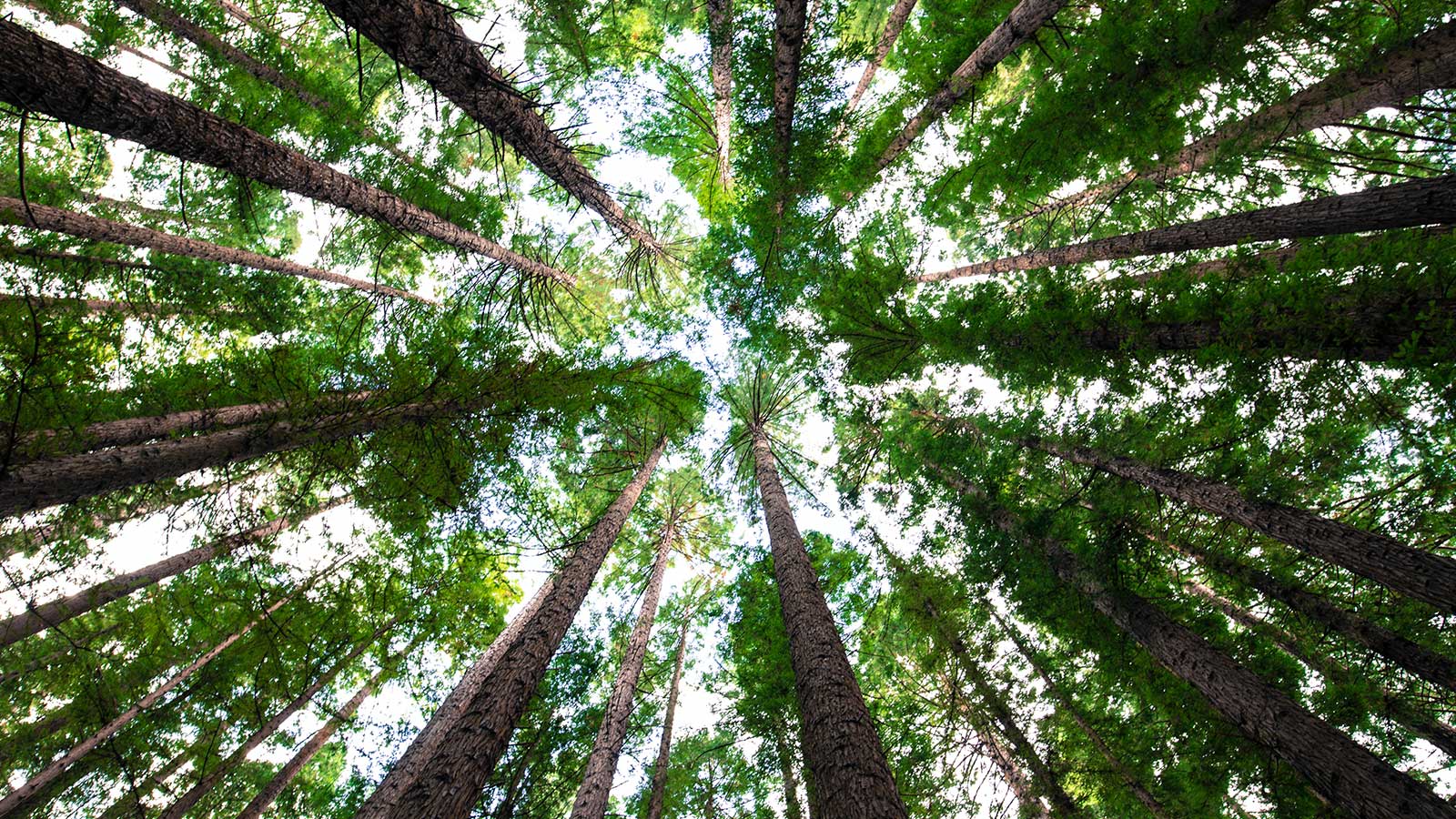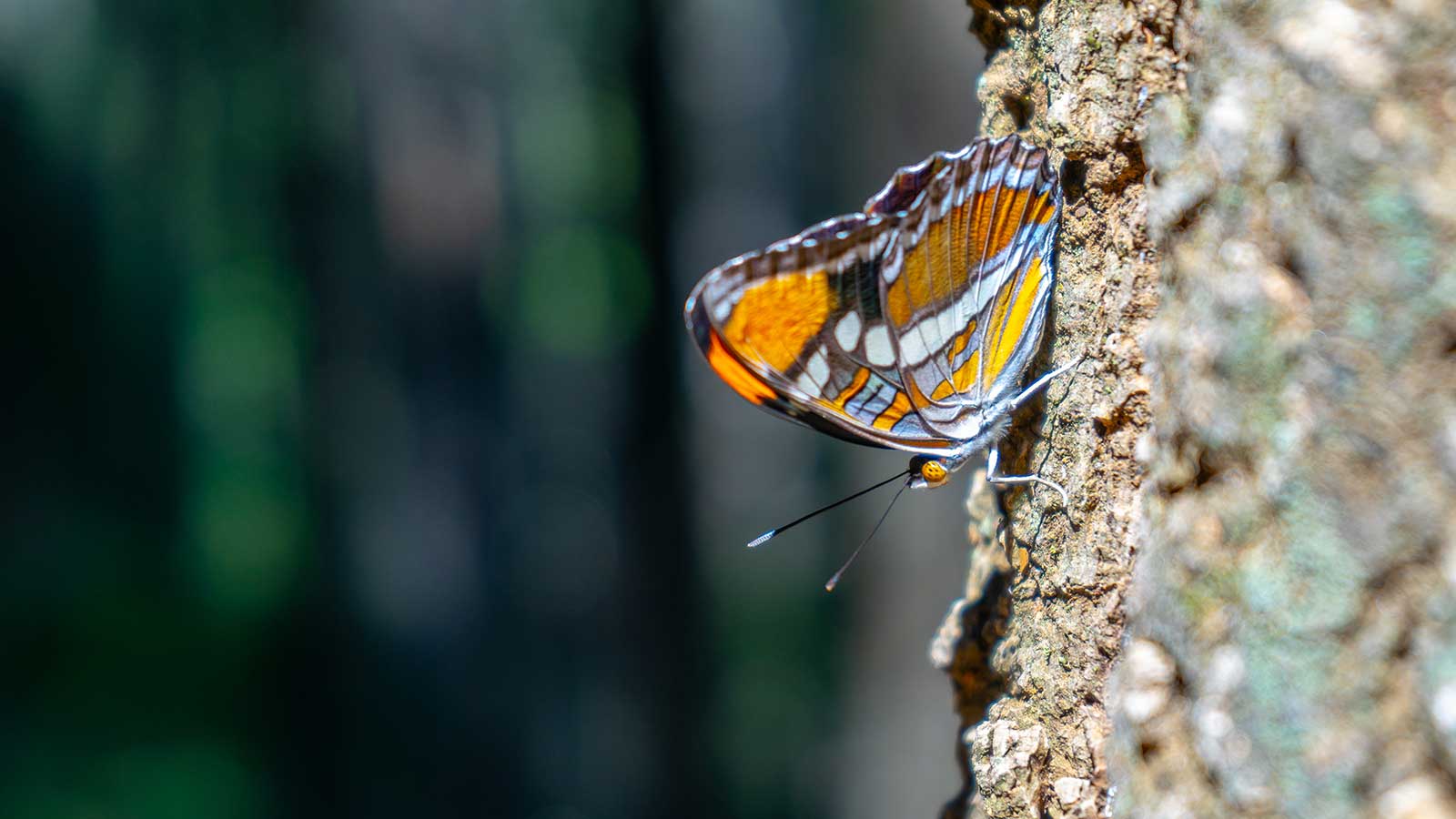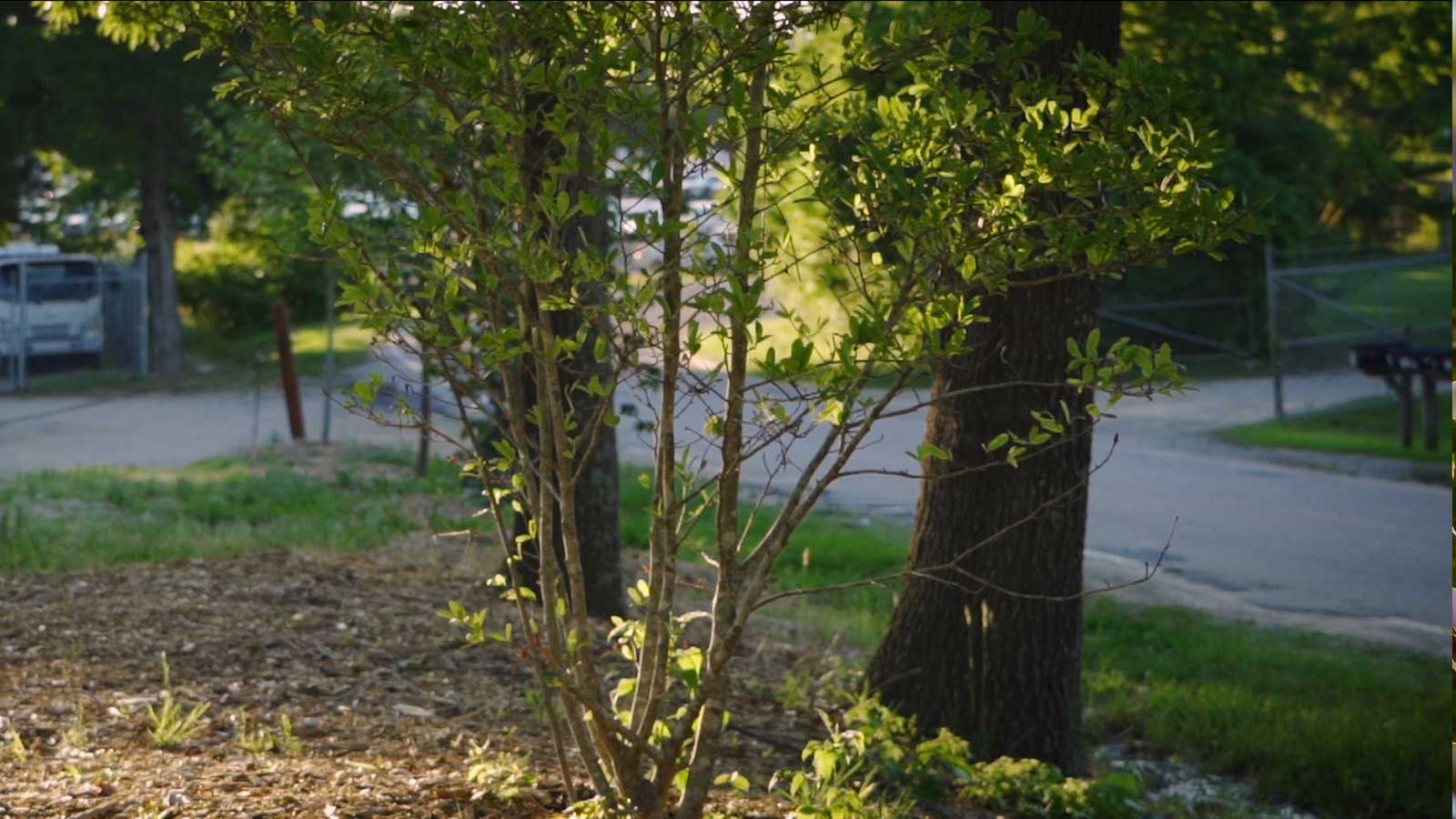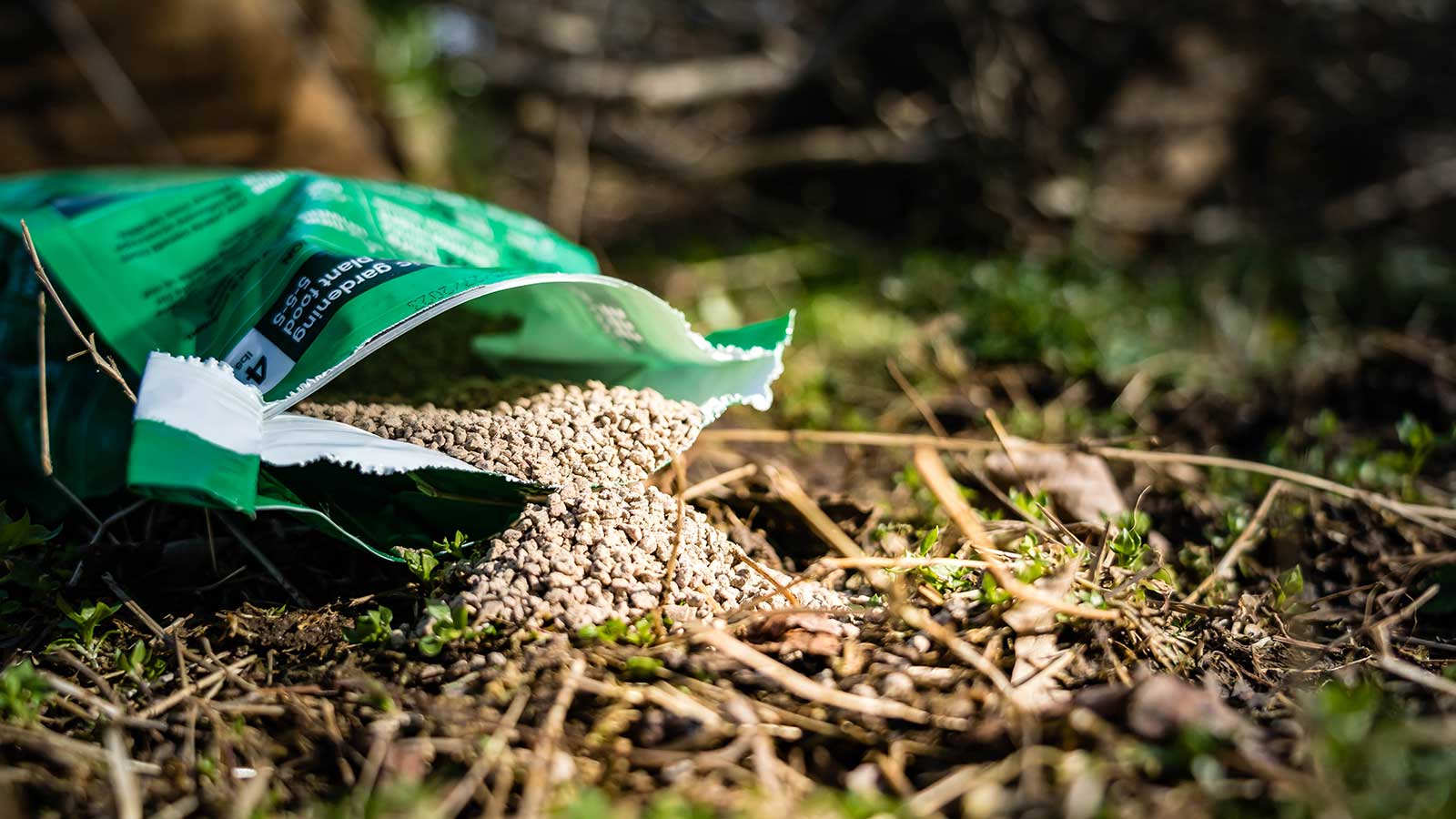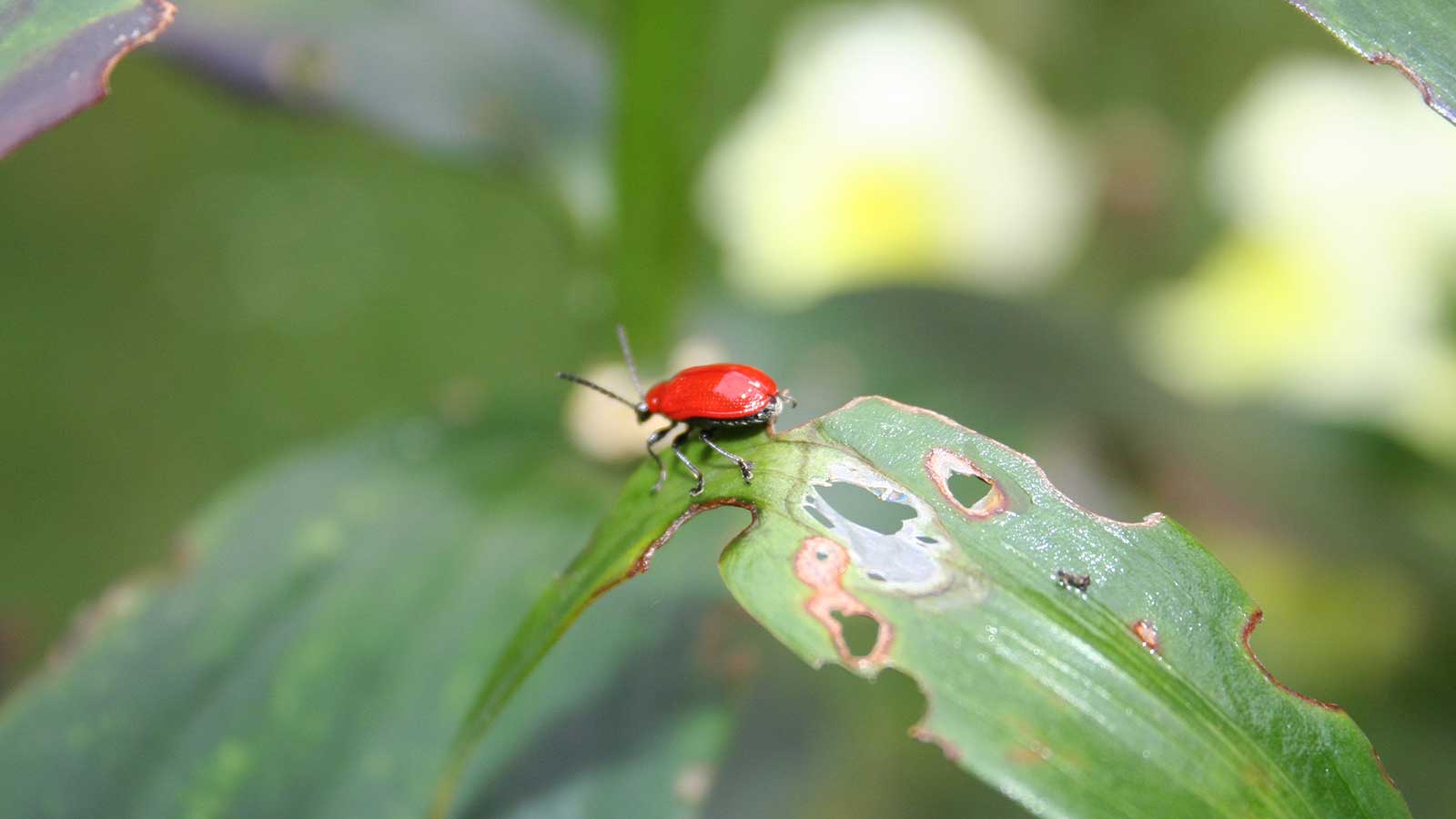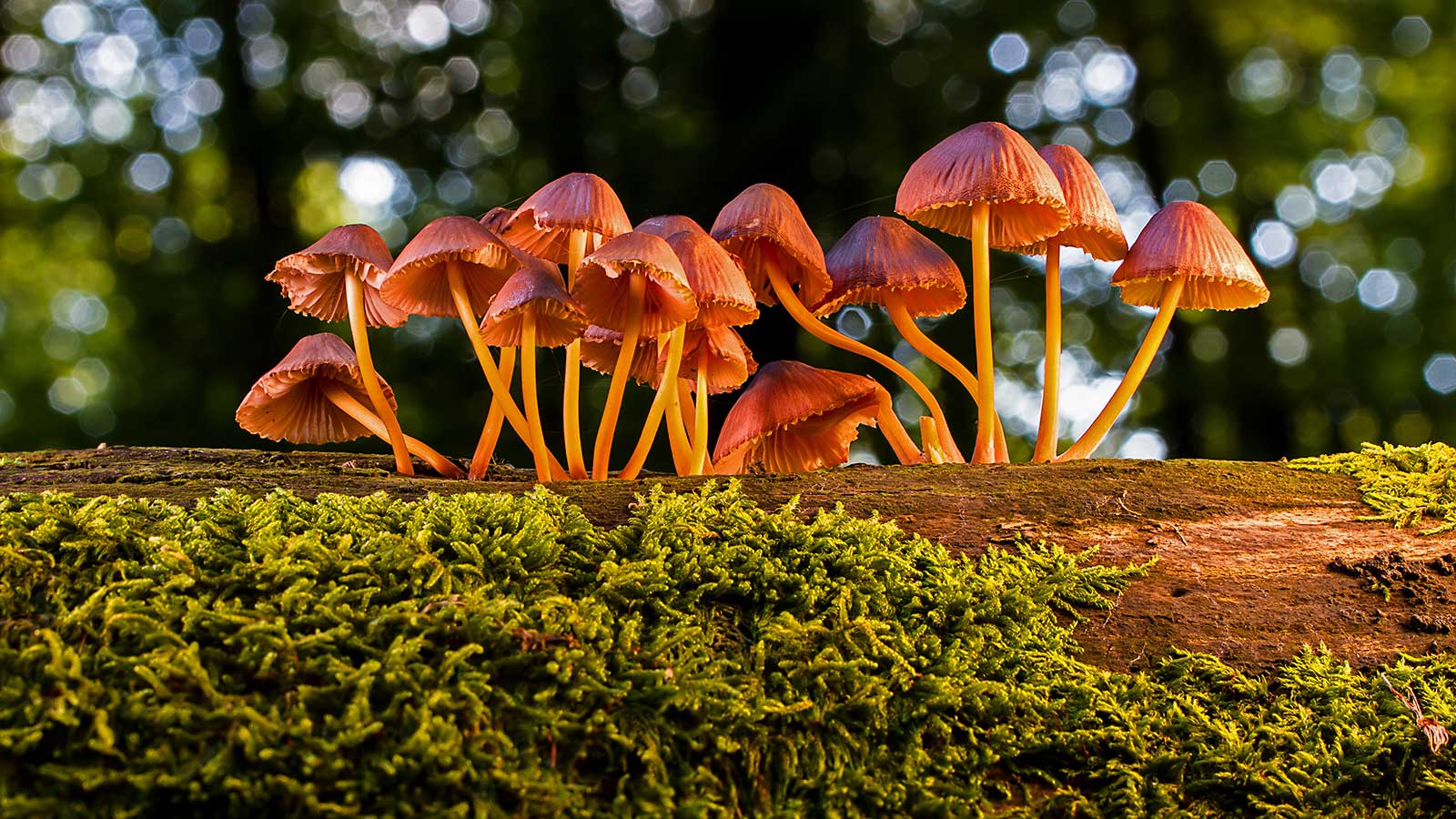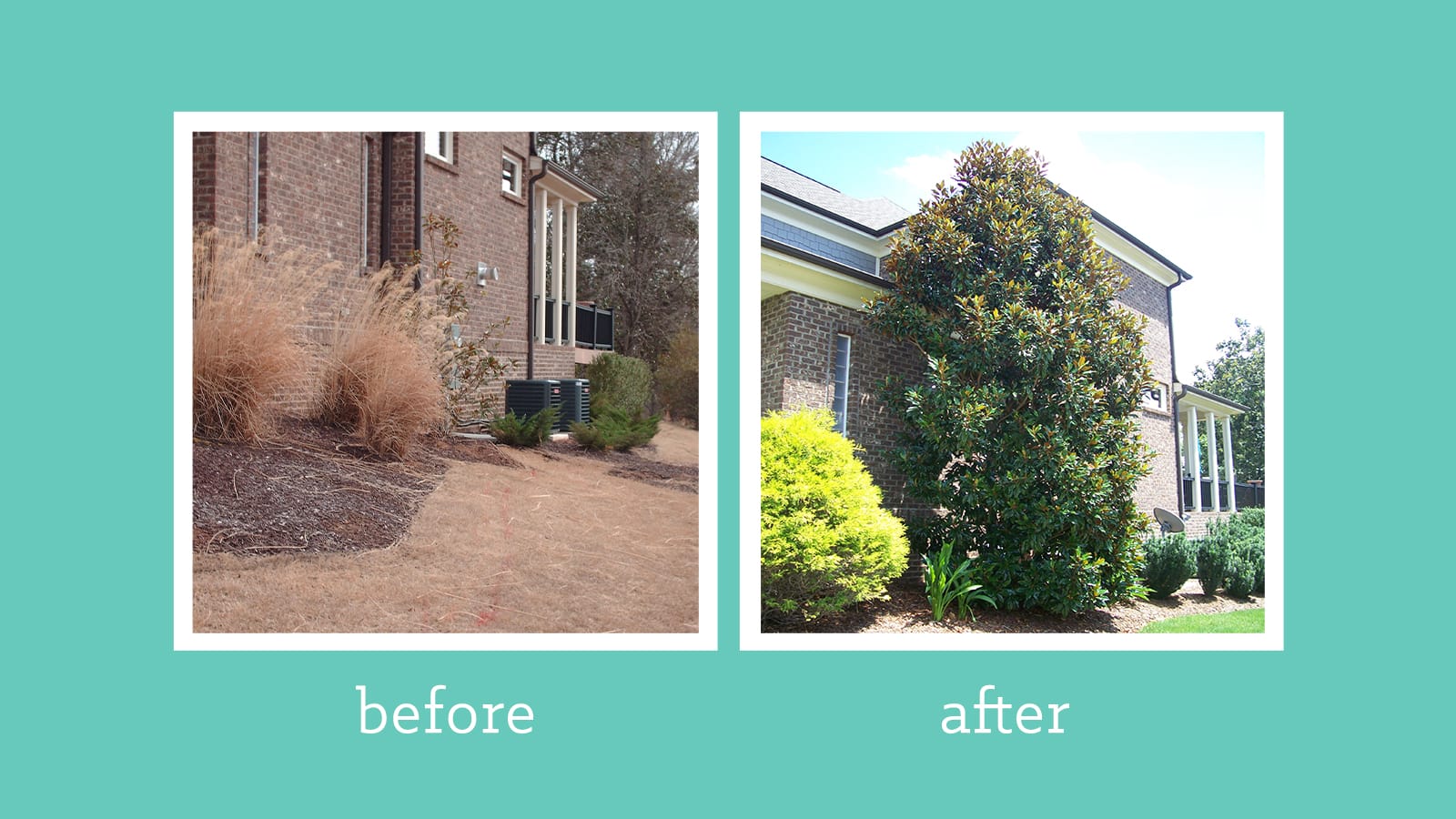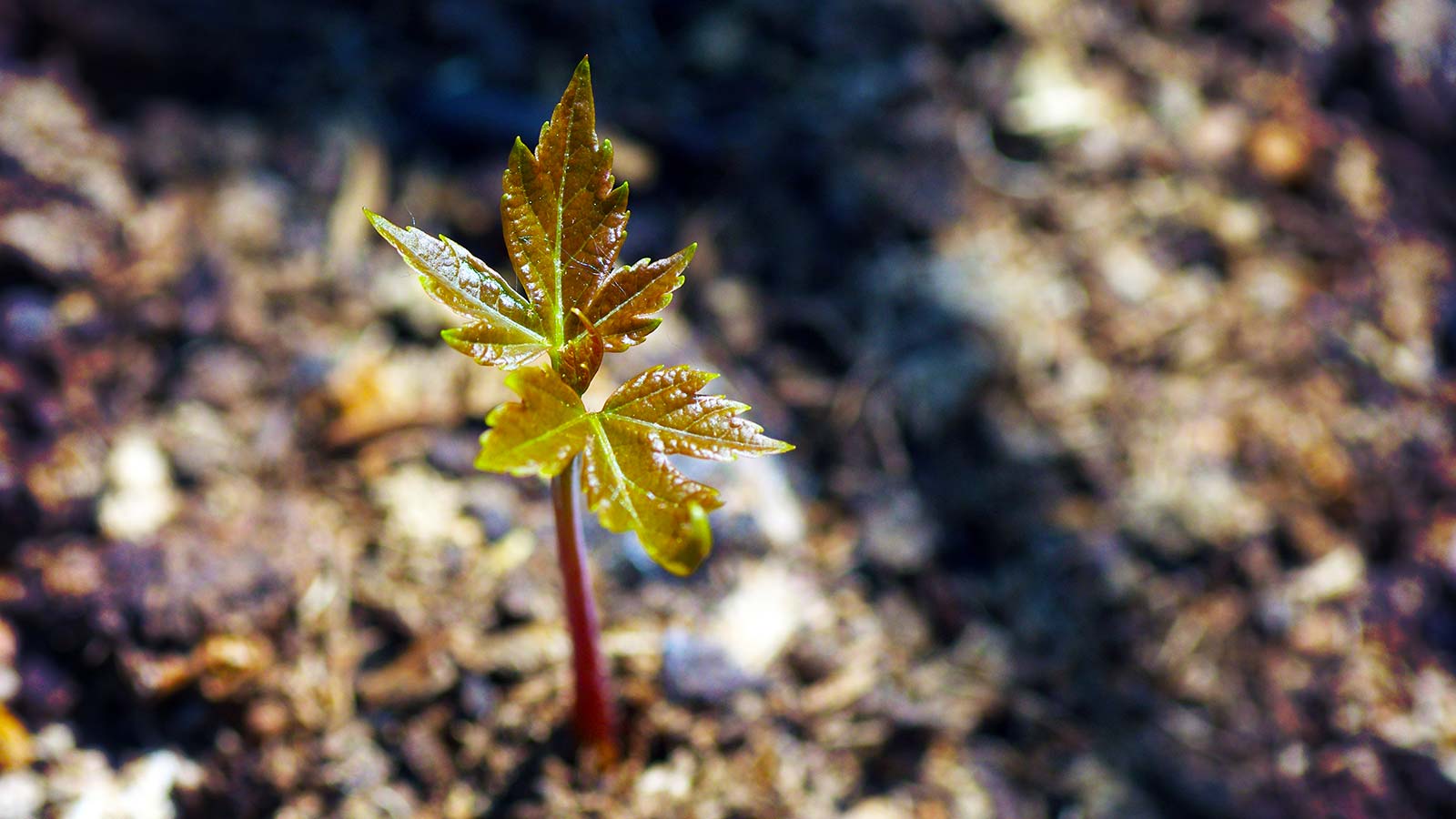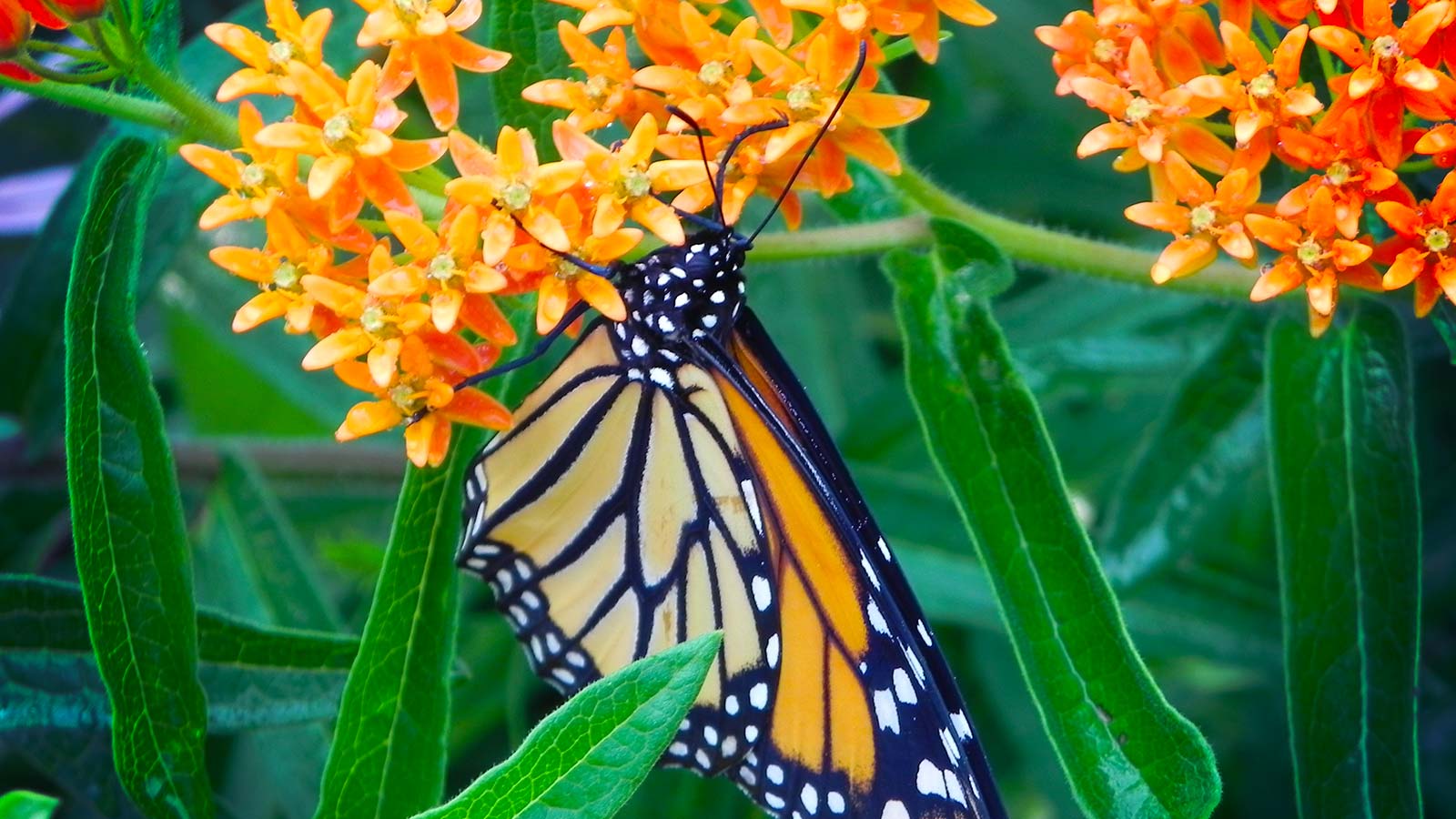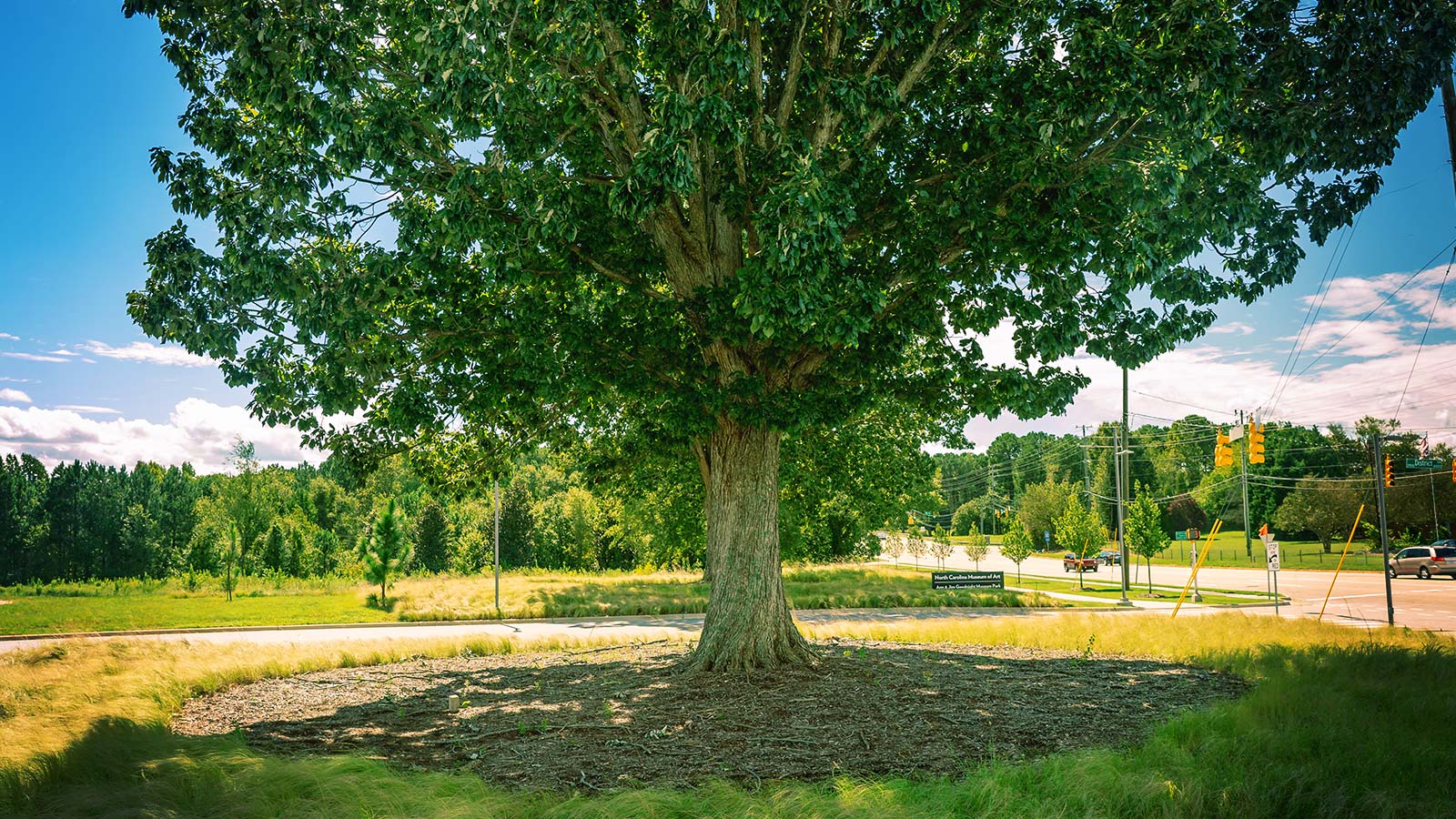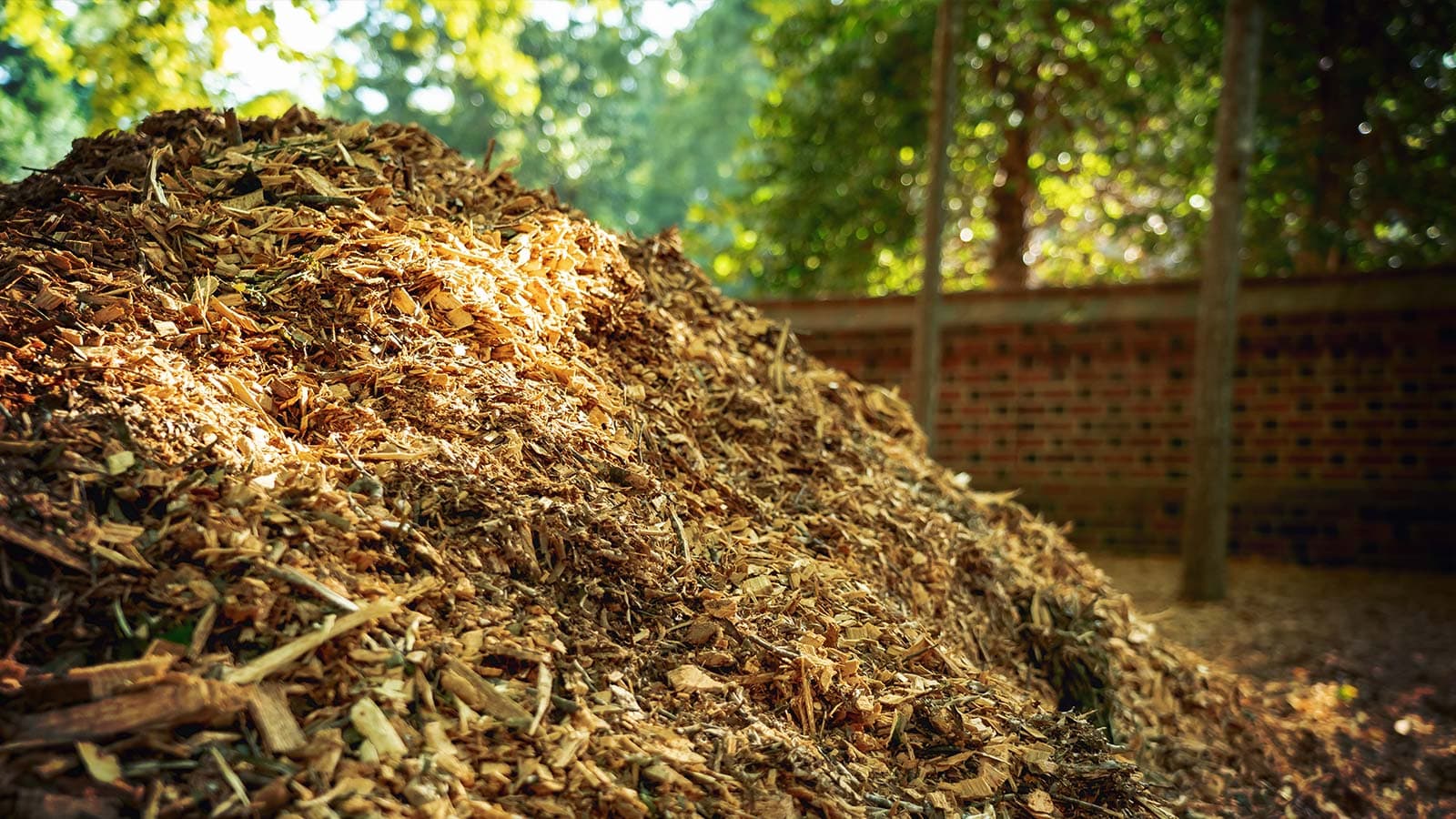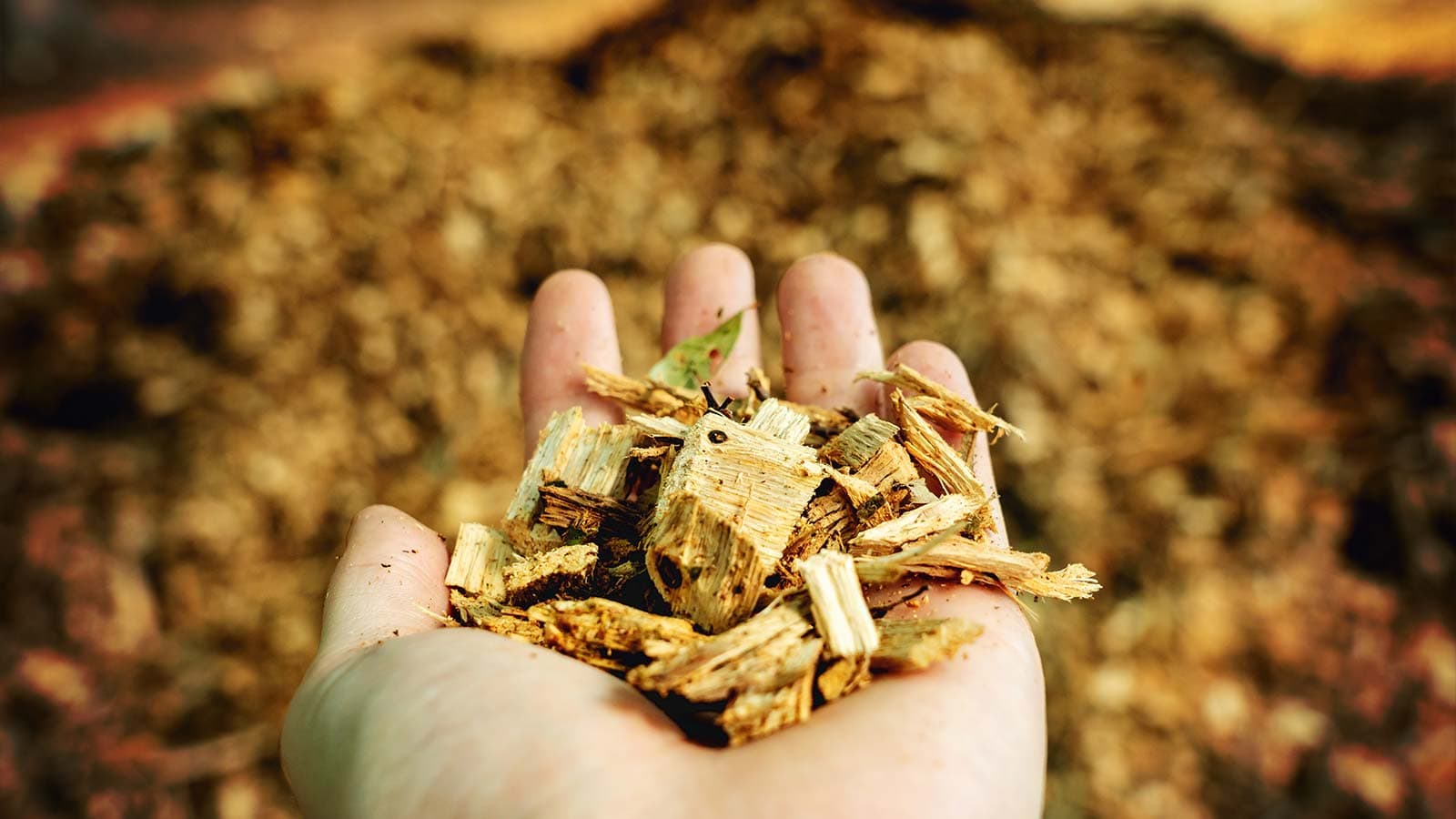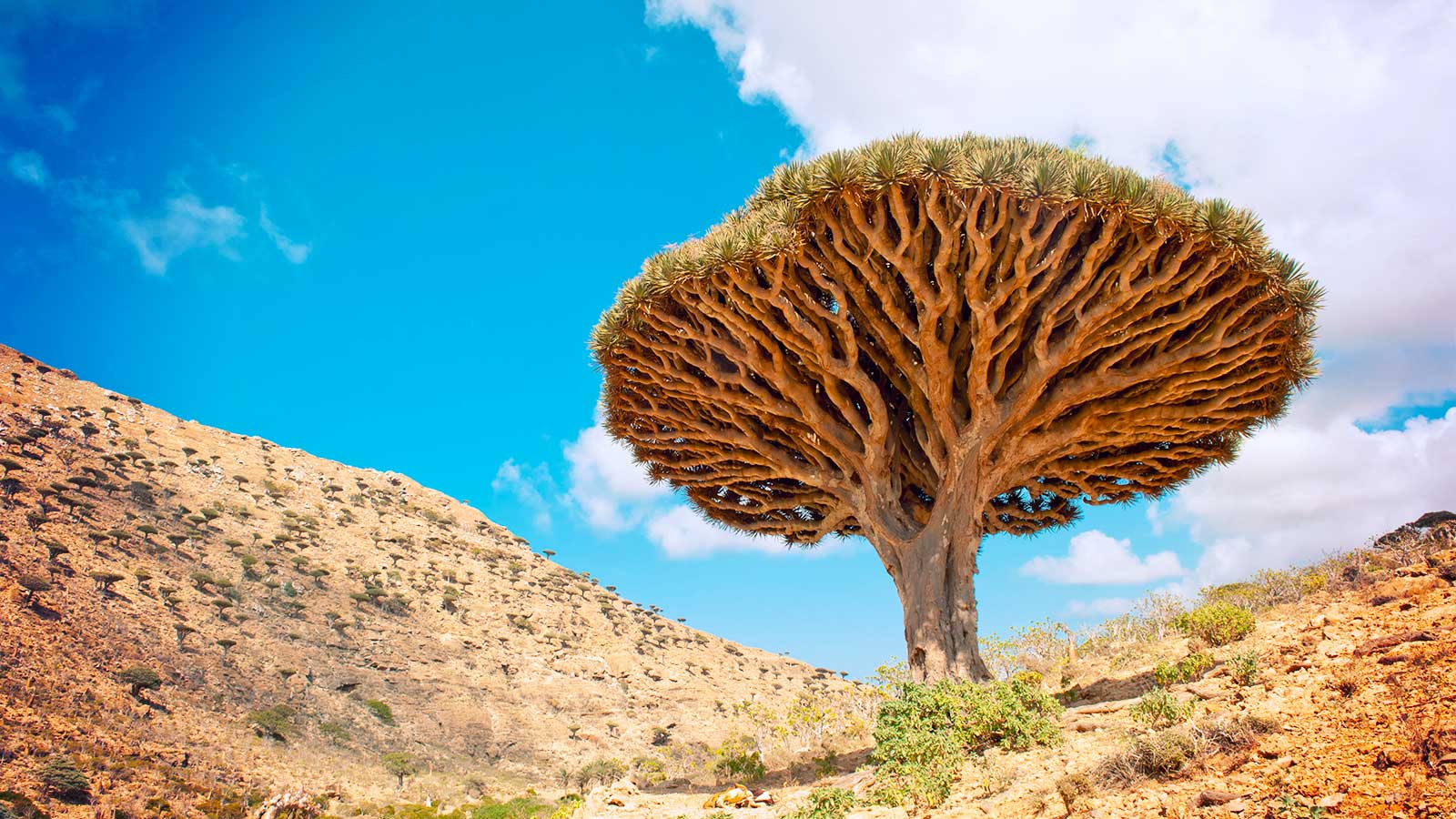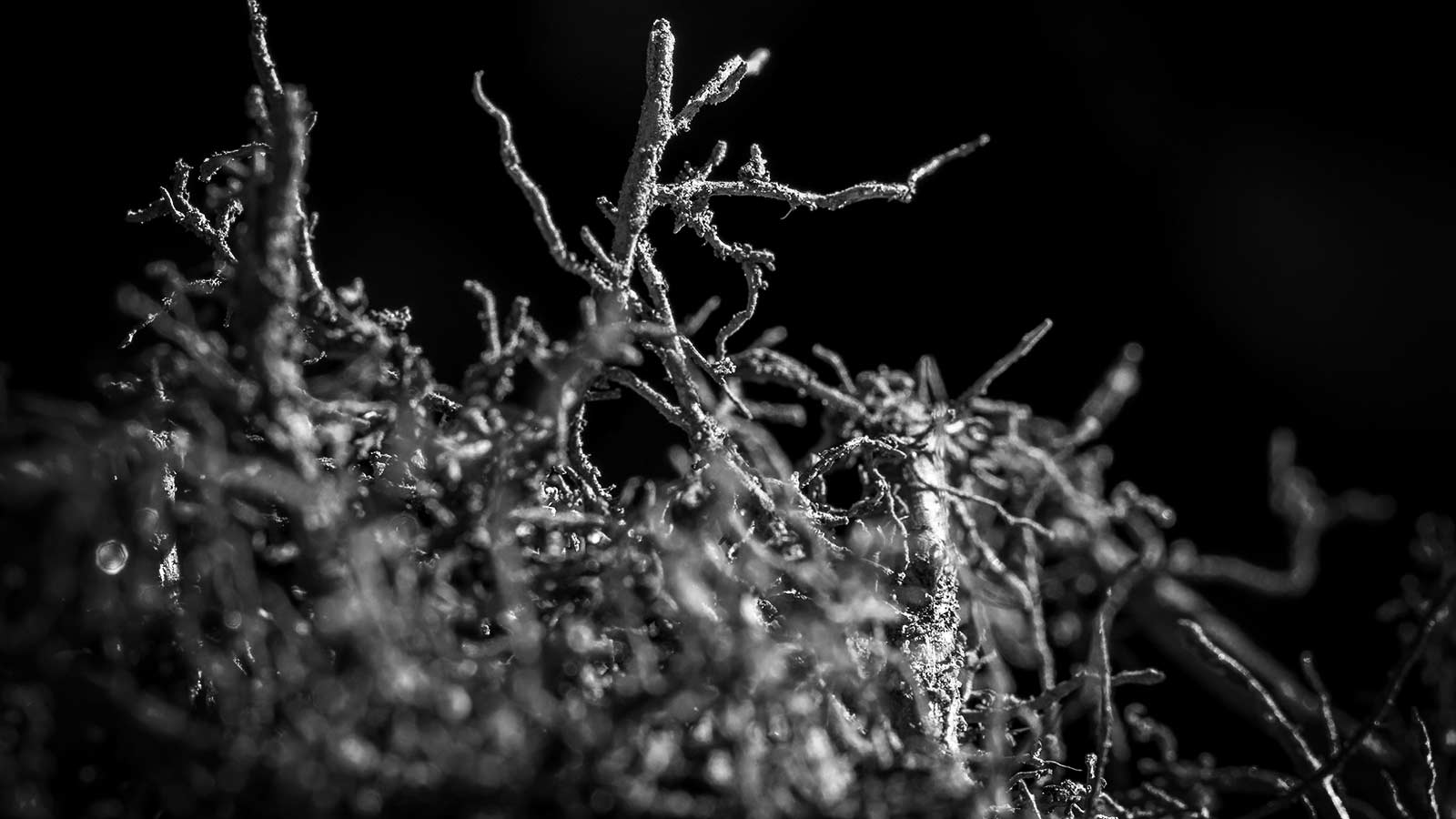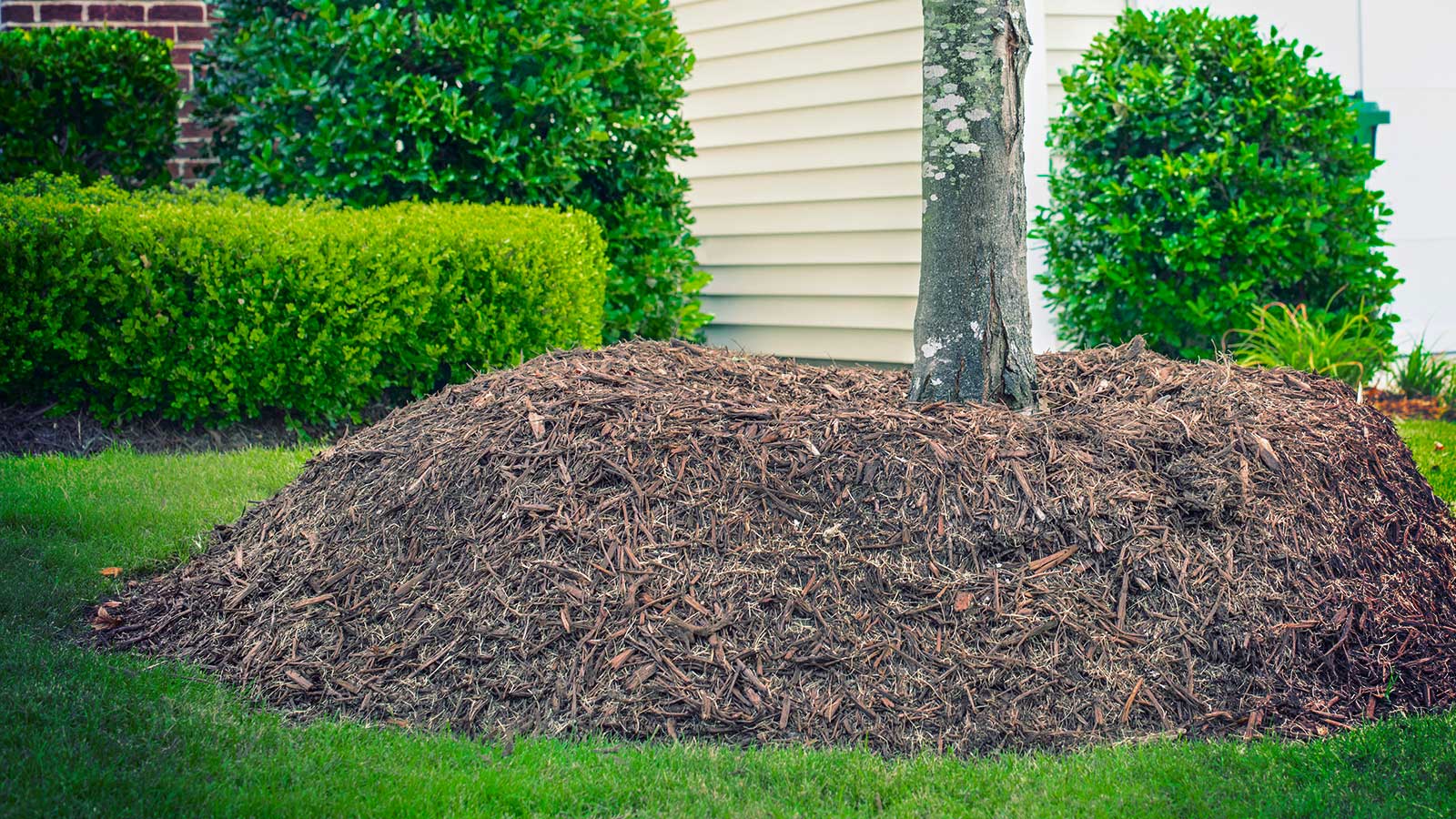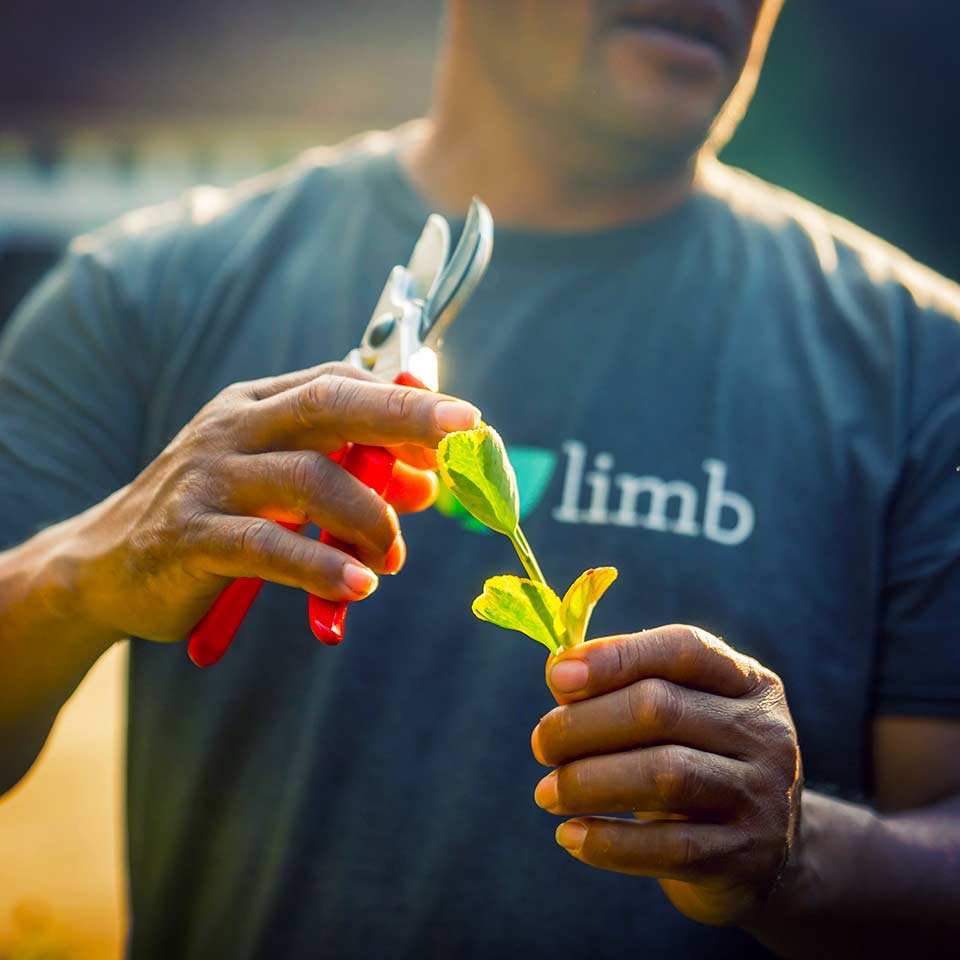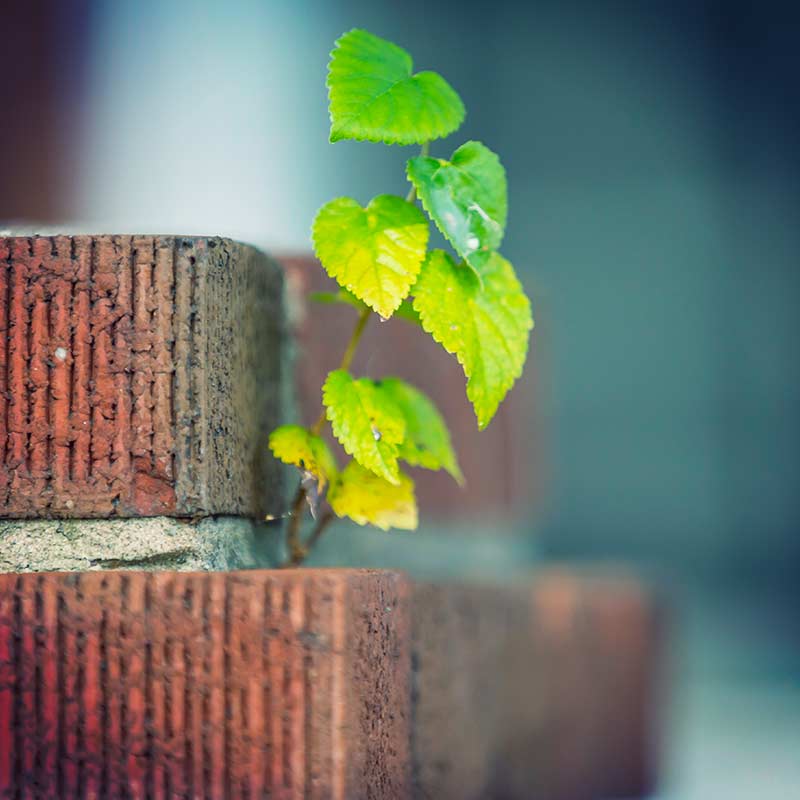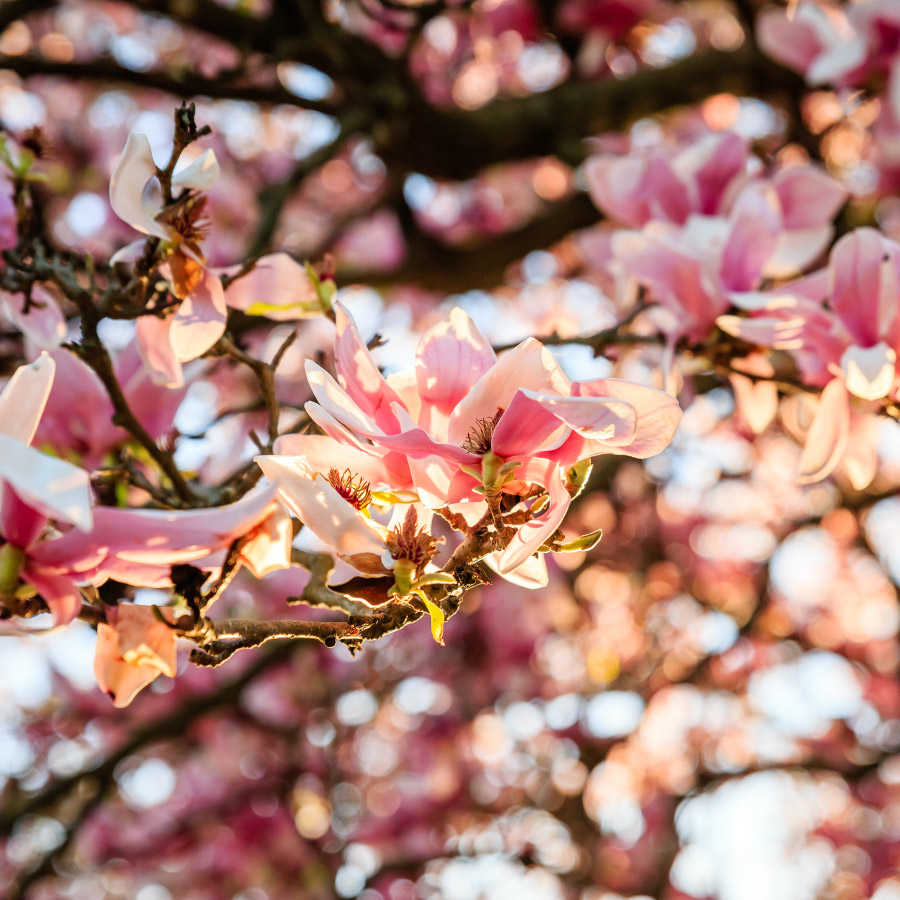Video | How To: Choosing the Right Tree for Any Location
Watch this video for some basic tips on how to pick the right tree for any location.
If you take the time necessary to get the right tree in the right place, you can avoid most long-term health and maintenance issues.
I'm Basil. I'm a Treecologist here at Leaf & Limb. Today, I want to give you my playbook for how I go about getting the right tree in the right place. And I'll also share some of my experiences with you.
Often I'm on a site, I'm evaluating a tree health issue or some sort of maintenance issue and the question that comes to mind is, "why is this tree even here to begin with?" Why is there a massive river birch right next to a building? Or why is there an oak tree in a piece of soil that is 5 feet wide by 5 feet wide? It just doesn't make sense.
The issues that I'm looking at... the maintenance problems I'm looking at... could have all been avoided if some time was put into getting the right tree into the right spot. As they say, an ounce of prevention is worth a pound of cure. And that's definitely true when it comes to tree planting. So let me walk you through the things you need to consider before you plant a tree.
Number one, you've got to look at the site conditions. So that involves a whole bunch of things. First of all, what is the space up: do you have power lines, do you have houses? What is the adjacent space look like? How much will the tree have to grow up and out? What are the soil conditions and availability? Is it a small 5x5 patch of soil? Or is it a large open yard? Is the soil wet most often? Or is it dry most often? That will heavily influence what will grow. And then what are the sunlight conditions? Is morning sunlight? Afternoon sunlight? Is it an hour of sunlight or is it all day sunlight? That is going to affect what you can and can't plant.
Once you've evaluated the site and you know how much space there is to grow up and how much space there is to grow down, what the water looks like, what the sun looks like. Now you've got to find some species that will actually do well in those sites.
There are all sorts of great plant selection tools online. My personal favorite here locally in Raleigh, North Carolina is a tool from NC State. You can punch in a bunch of different variables and it will give you some trees that will likely do well.
Whatever plant you choose, make sure it will grow in your particular growing zone. Growing zones have to do with seasonal weather patterns. Here locally in Raleigh, we're 7B and 8A, so you want to find plants that do well in that growing zone.
Here are a few common suggestions for getting the right tree in the right place. Let's start near the street. That thin strip of grass between the road and the sidewalk is called the devil strip. If you're planting something in the devil strip, there's very limited room to grow in the soil. Sometimes there are power lines above and it is always going to be hot and dry so you need something that will be hardy for that condition. Don't put a big canopy tree, you need something smaller. For example, a Japanese Flowering Apricot or a Fringe Tree or the Eastern Redbud. These are all things that can do well in that spot.
Now let's travel over the sidewalk into that big open grassy area. There's enough space to support lots of roots and a very big tree. I recommend looking at something like one of many oak species, a gingko would also make a fantastic focal point, particularly in the fall. Another one I personally like is the American Linden because it provides a lot of important food sources for birds and bees.
Another common request I get is help with choosing species for a privacy hedge. So first, a word of warning, definitely do not use the Leyland Cypress. It's overplanted and susceptible to all sorts of chronic diseases at this point. Instead, I would recommend an Arborvitae. There are lots of species to choose from. There are some that will grow 10 feet tall, some that grow 60 feet tall, some that stay very narrow, some that grow very wide. There's basically an arborvitae for every occasion. I also like the Carolina Cherry Laurel. It's native here locally and grows very aggressively. It's also evergreen. Finally, I love the camellia. Camellia's grow slowly, so it might take some time to develop the privacy hedge that you're looking for, but once they are in place and they are blooming, they are just absolutely stunning.
Finally, don't forget proper planting. That is essential. We've got great articles and videos you can check out that will show you exactly what to do and what not to do.
Just remember, taking a little bit of time to do planning will save you a lot of time, effort, and money down the road. Get the right tree in the right place.


